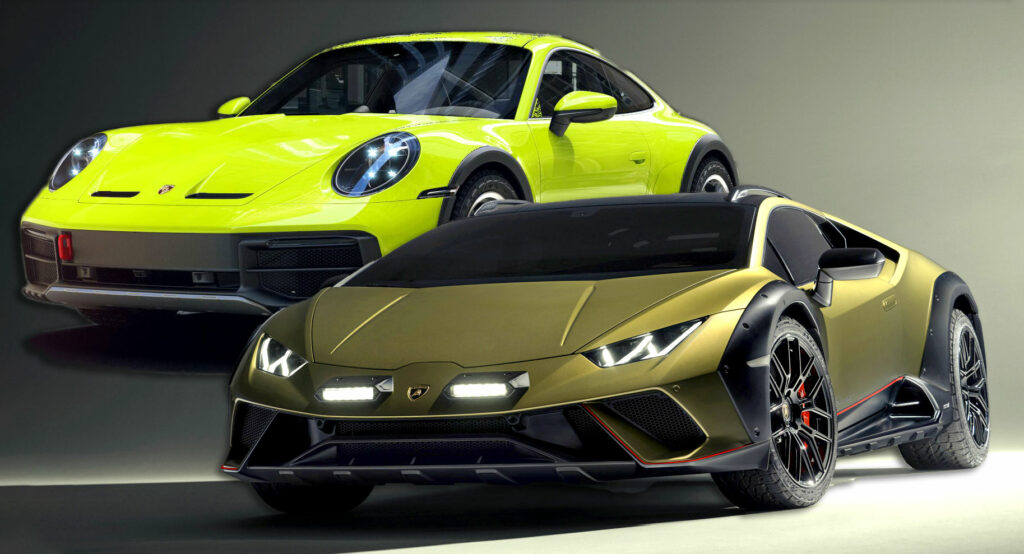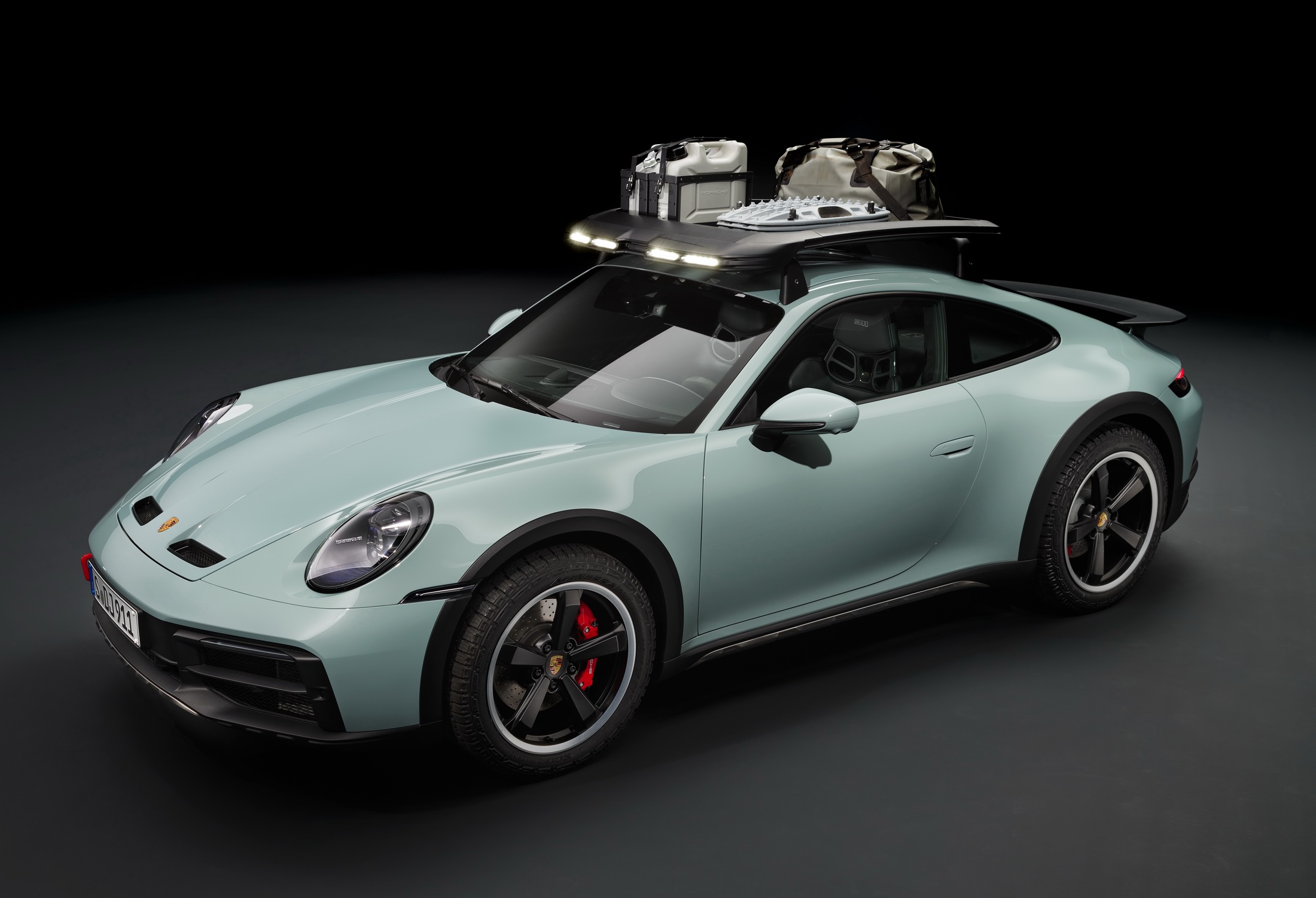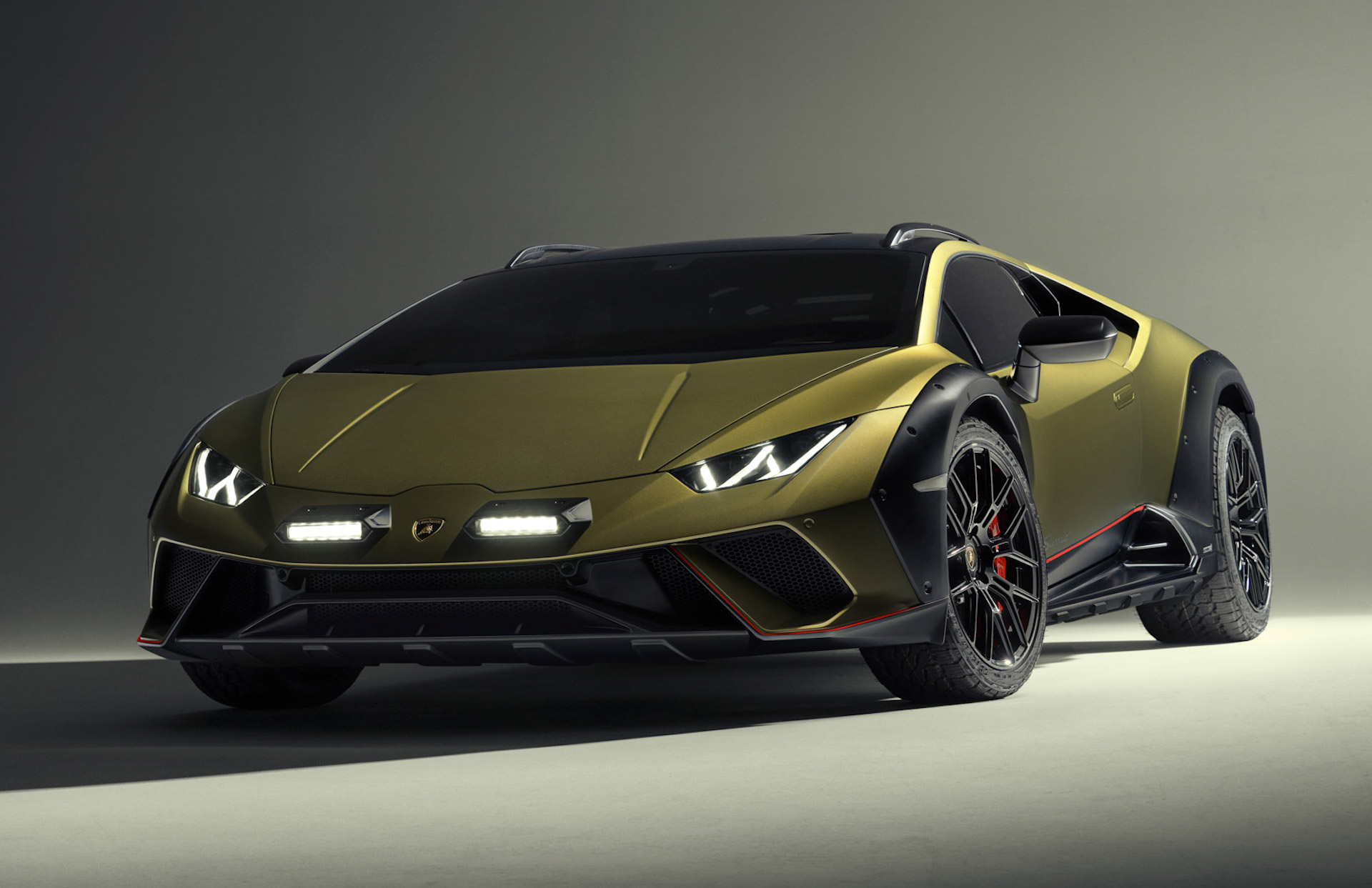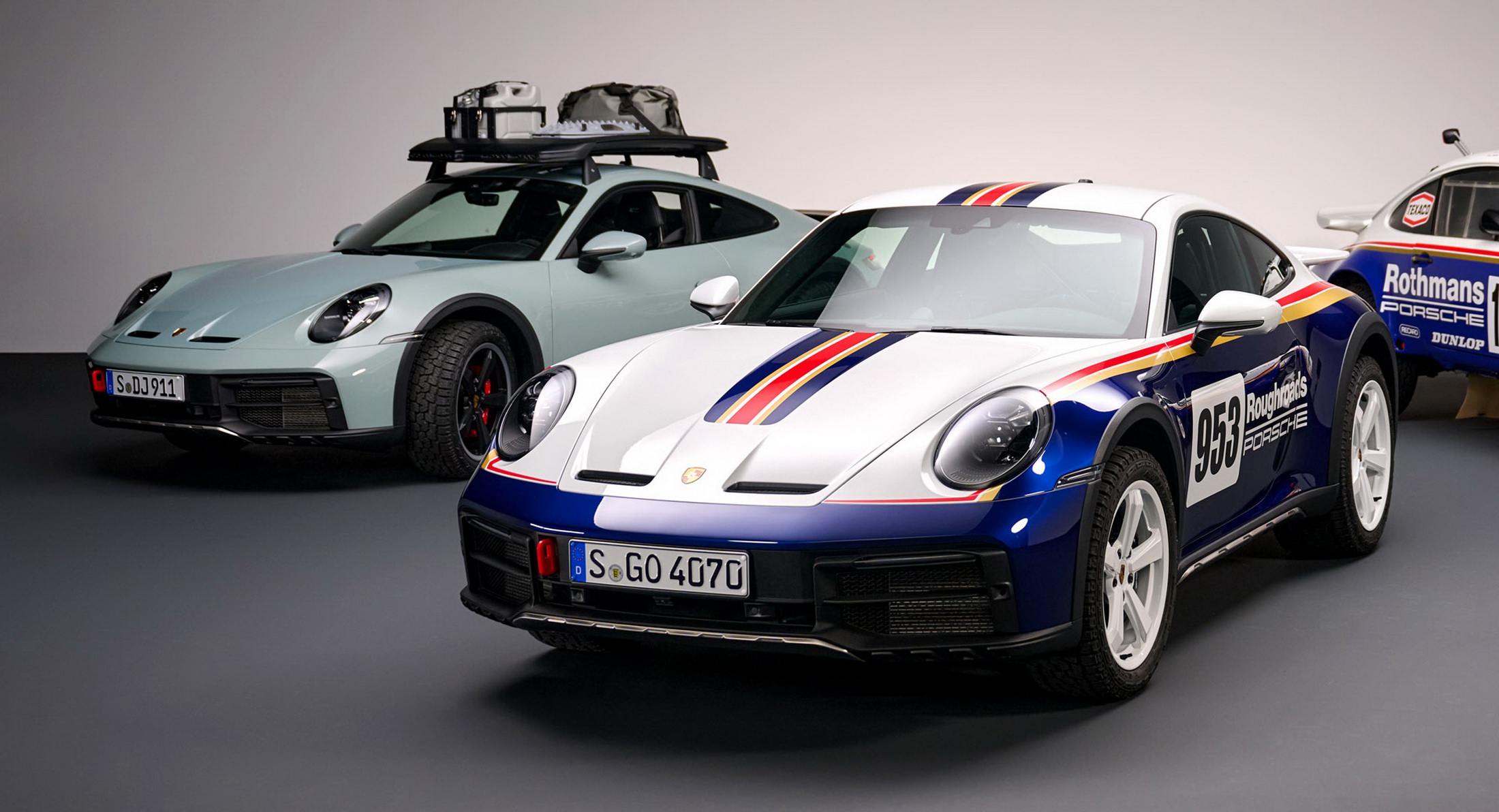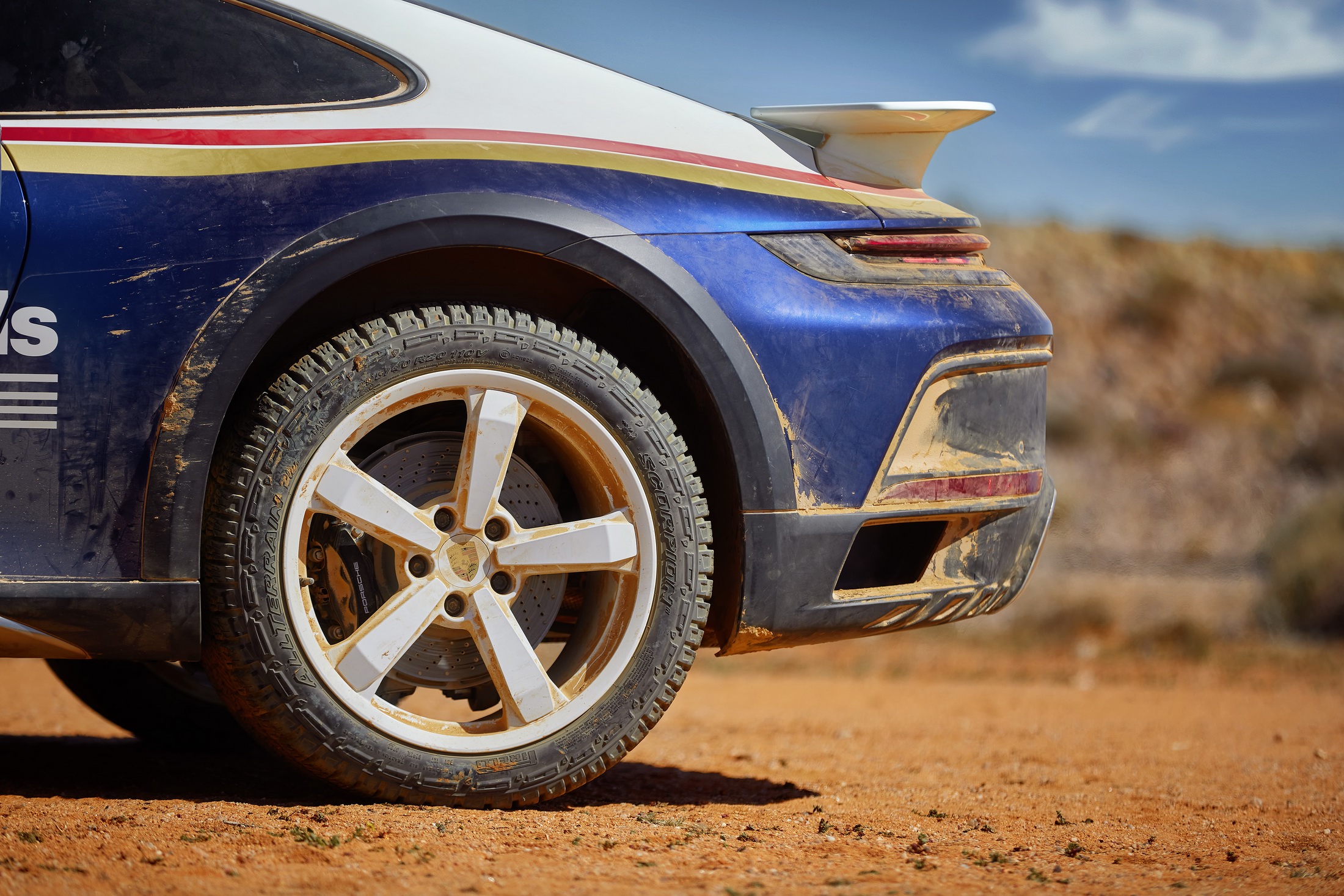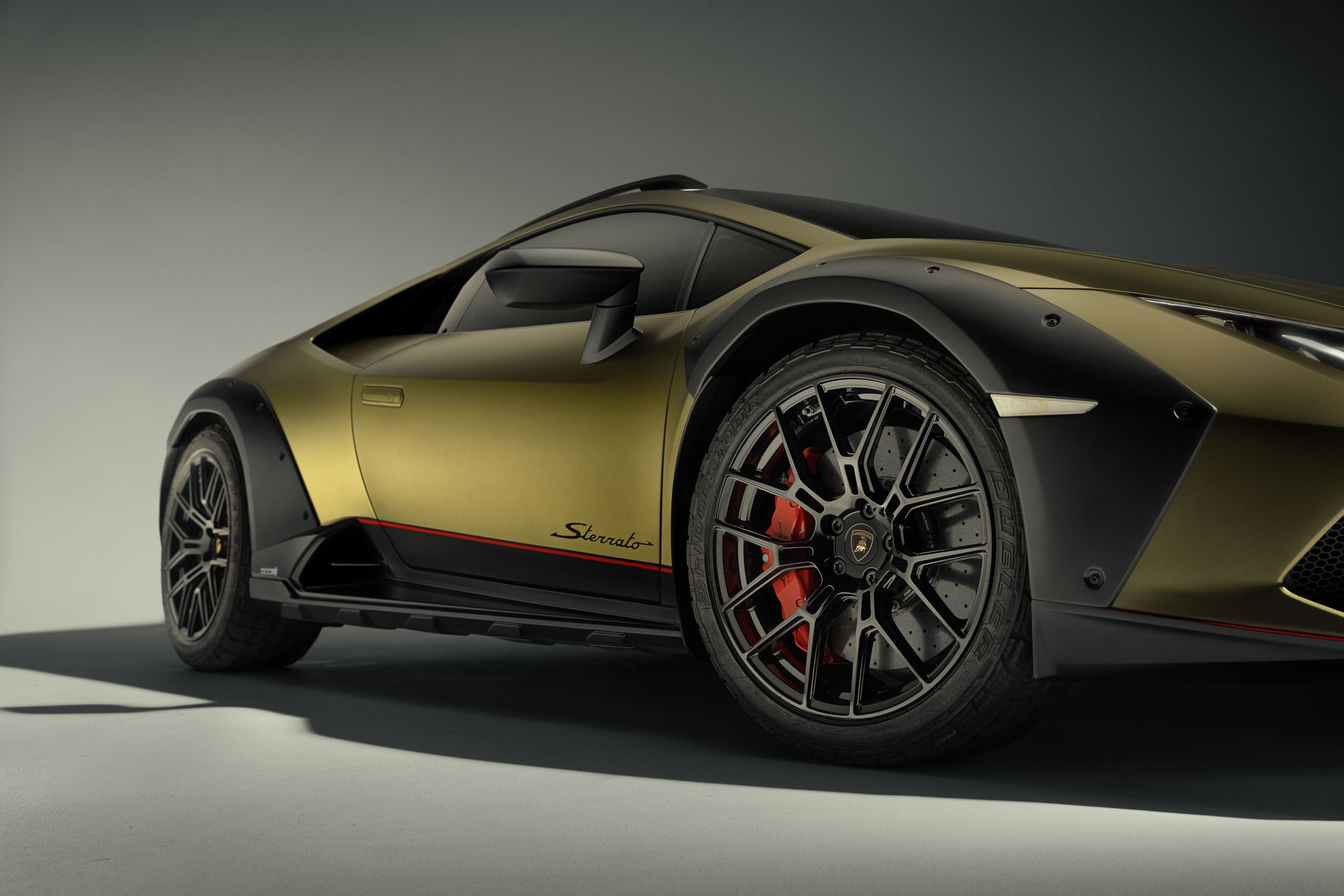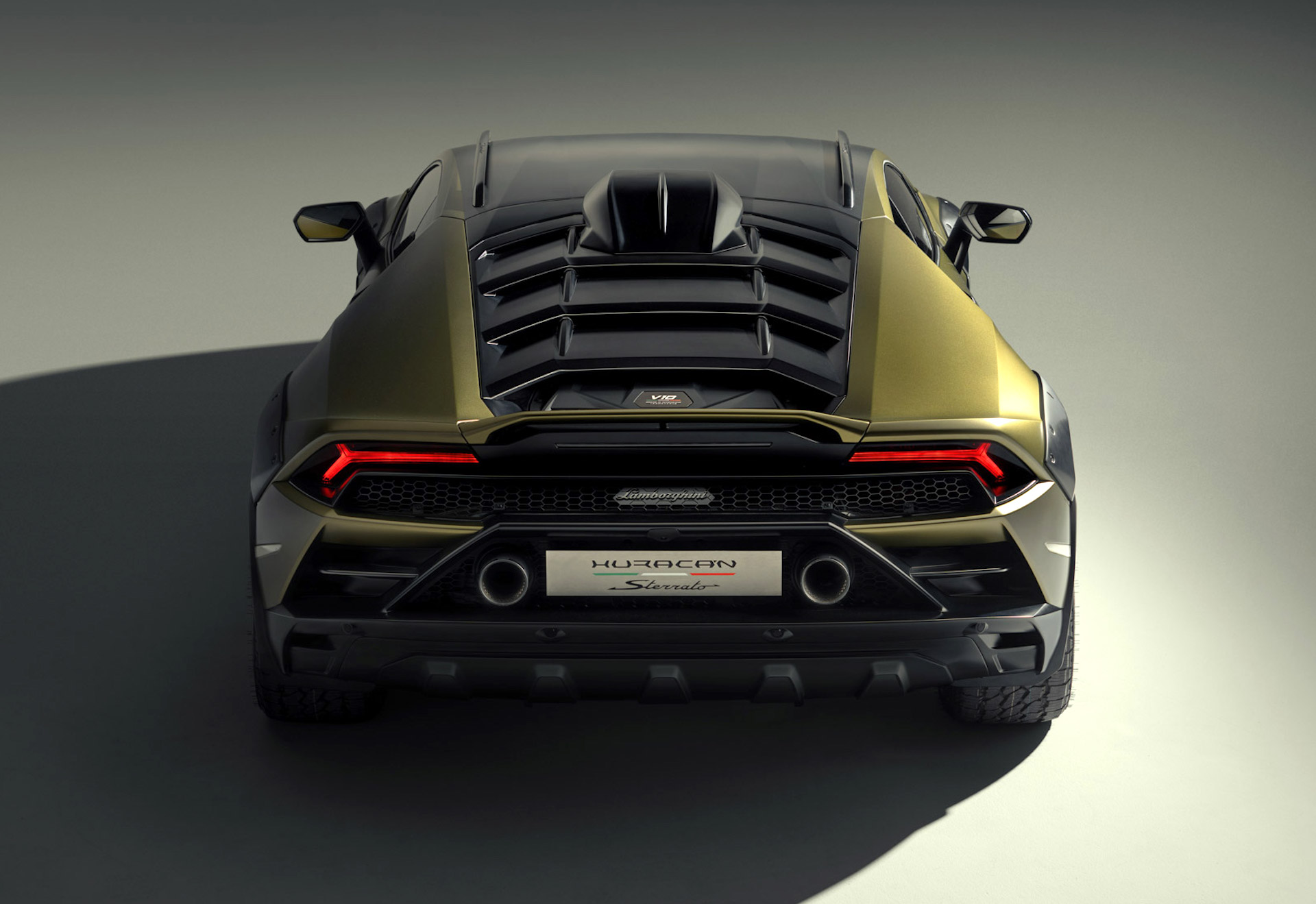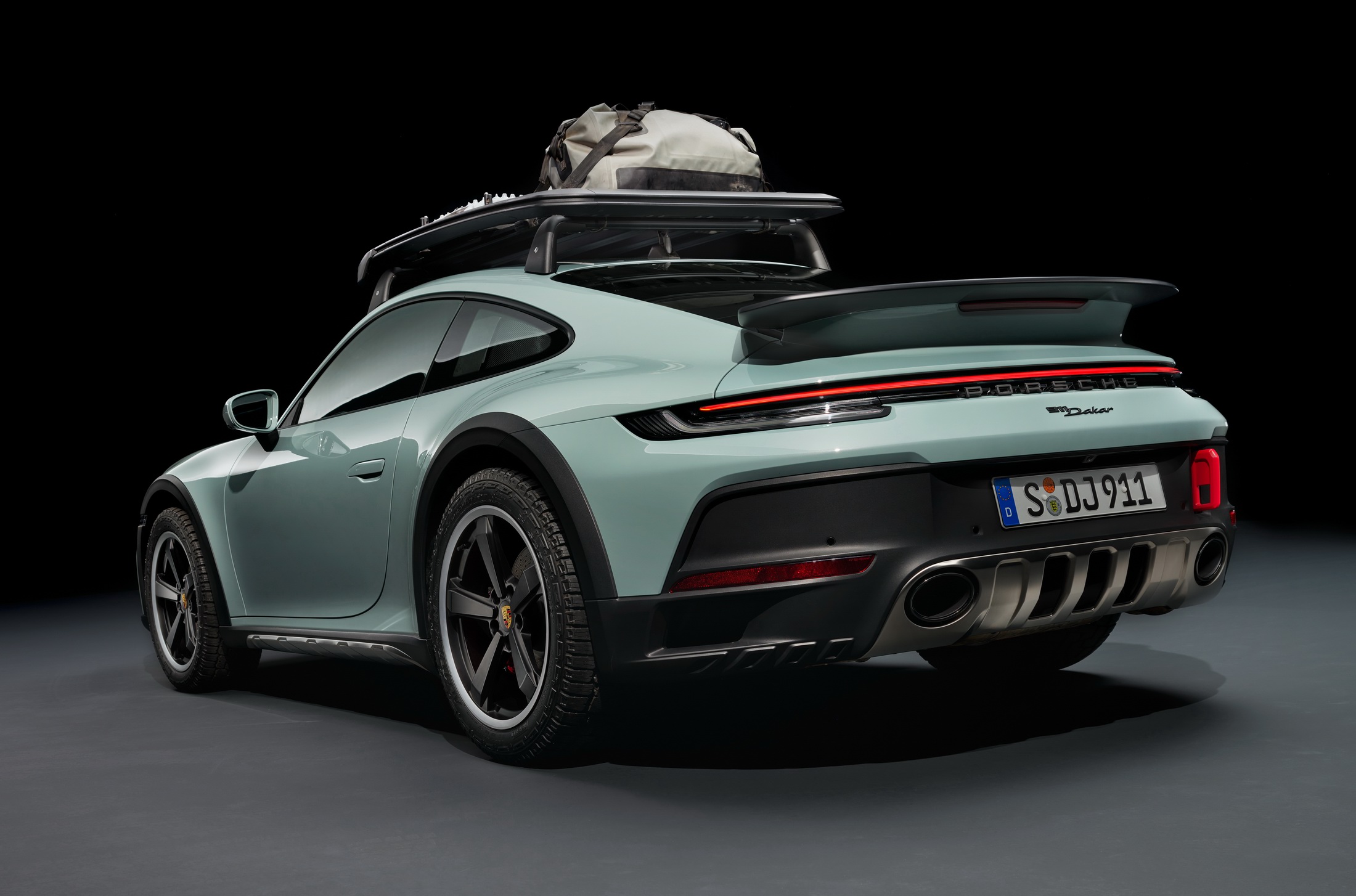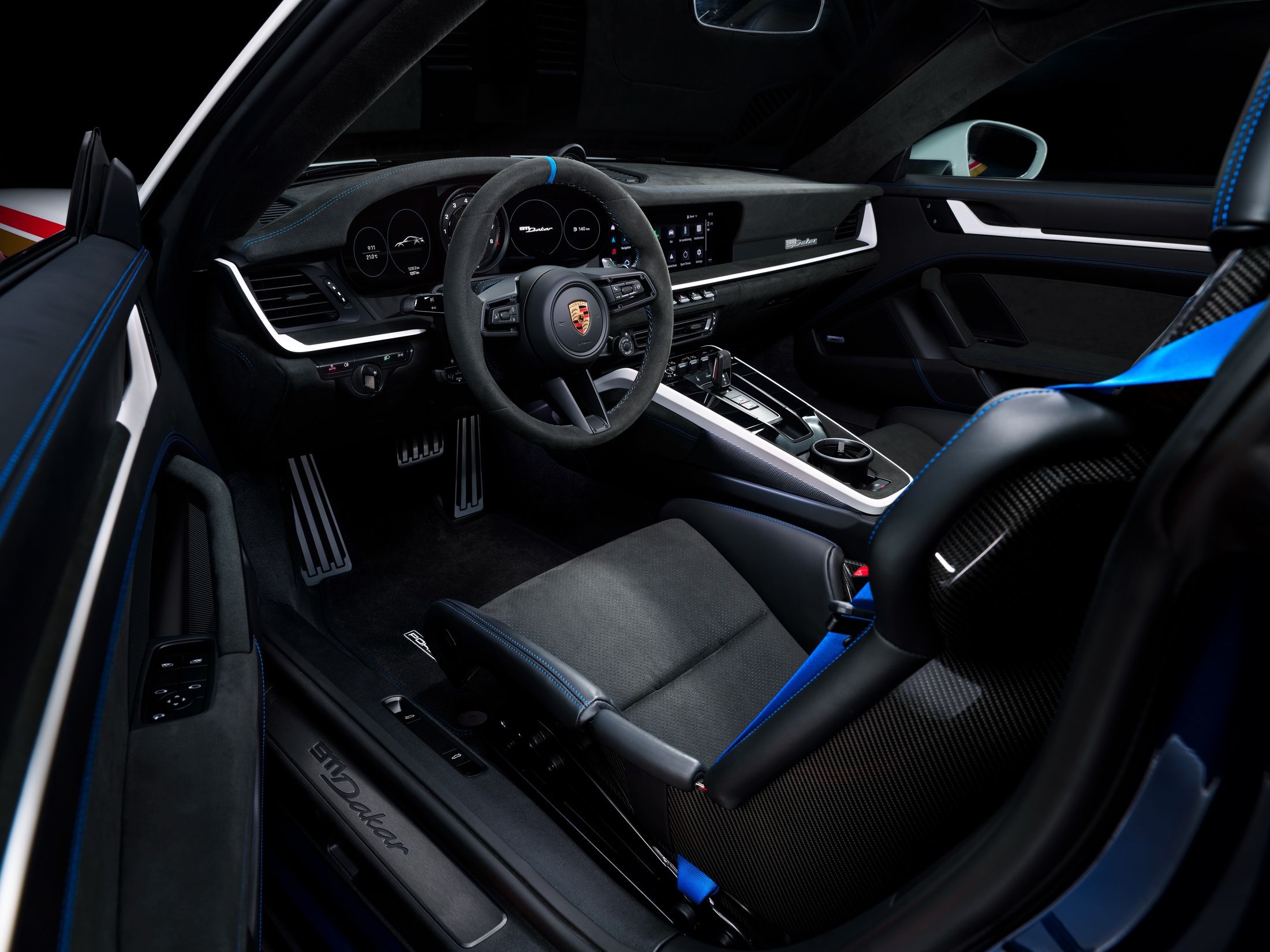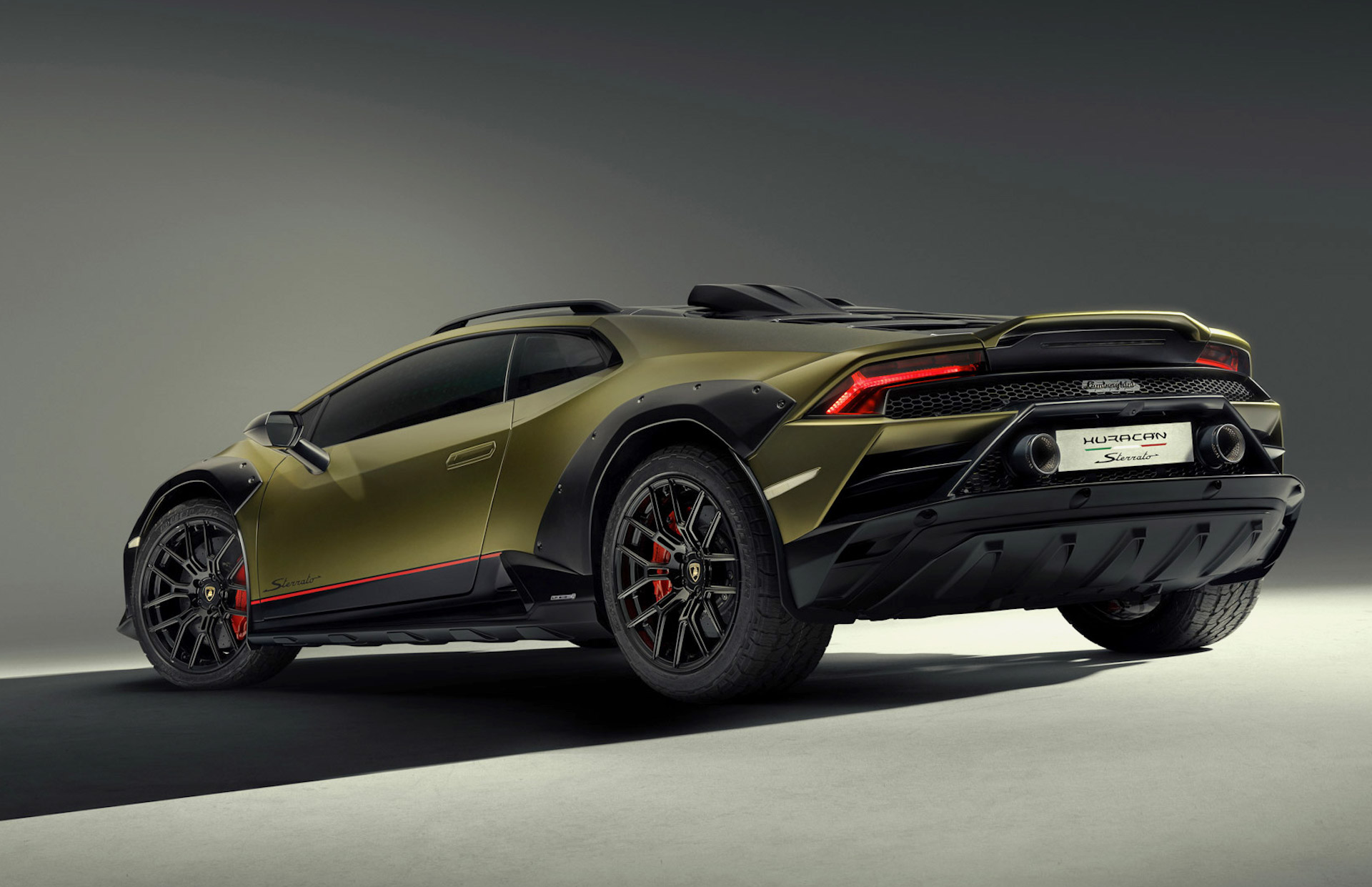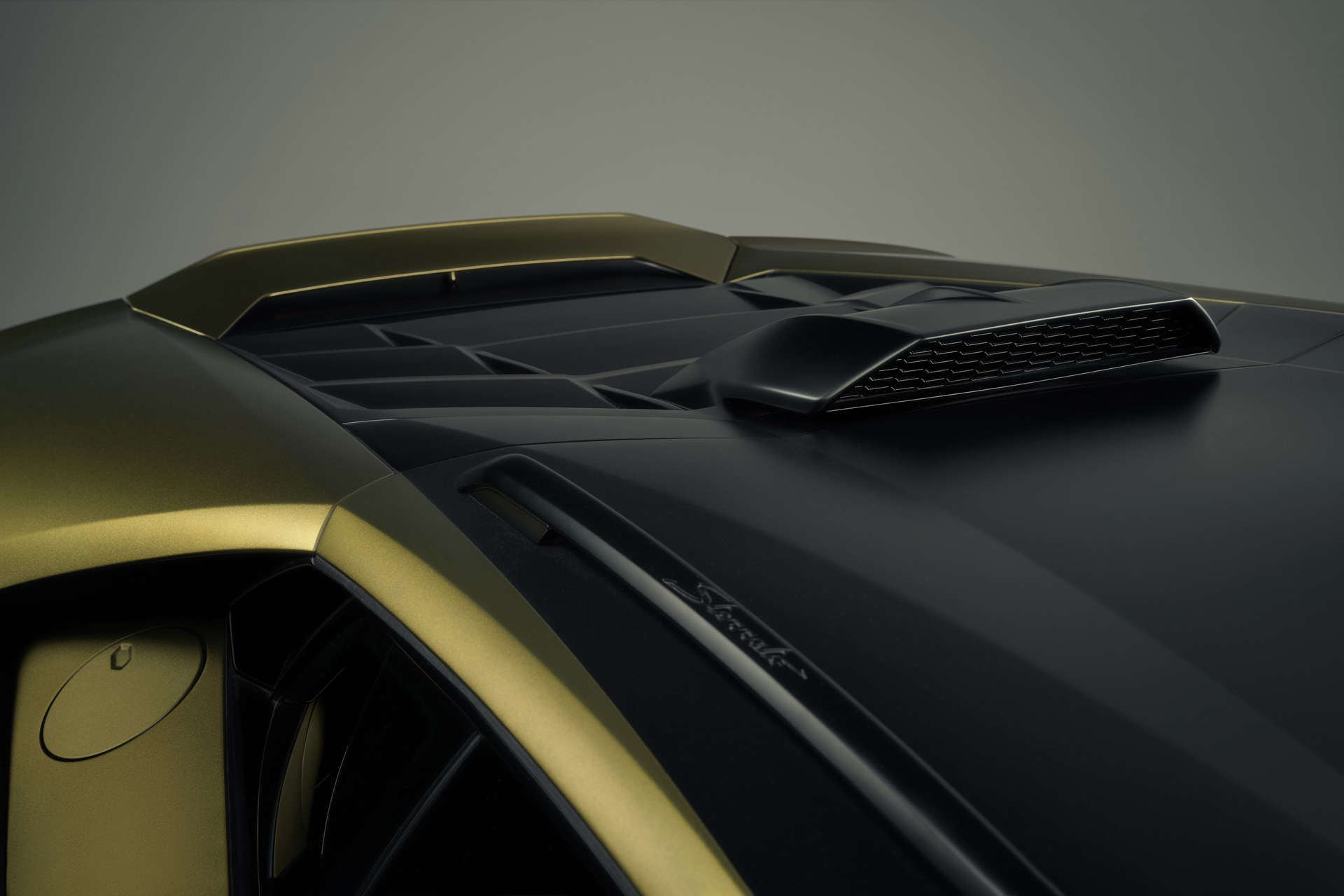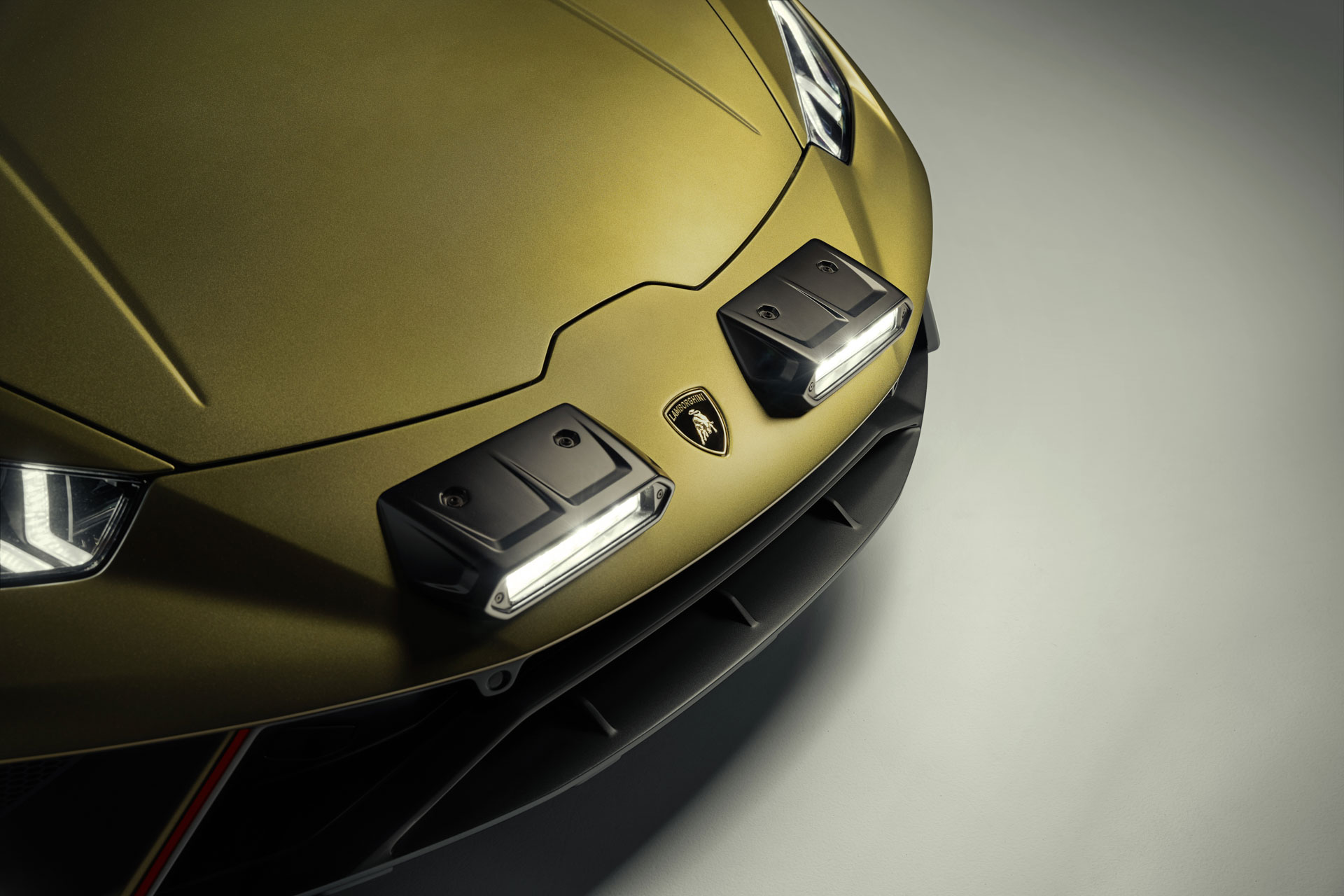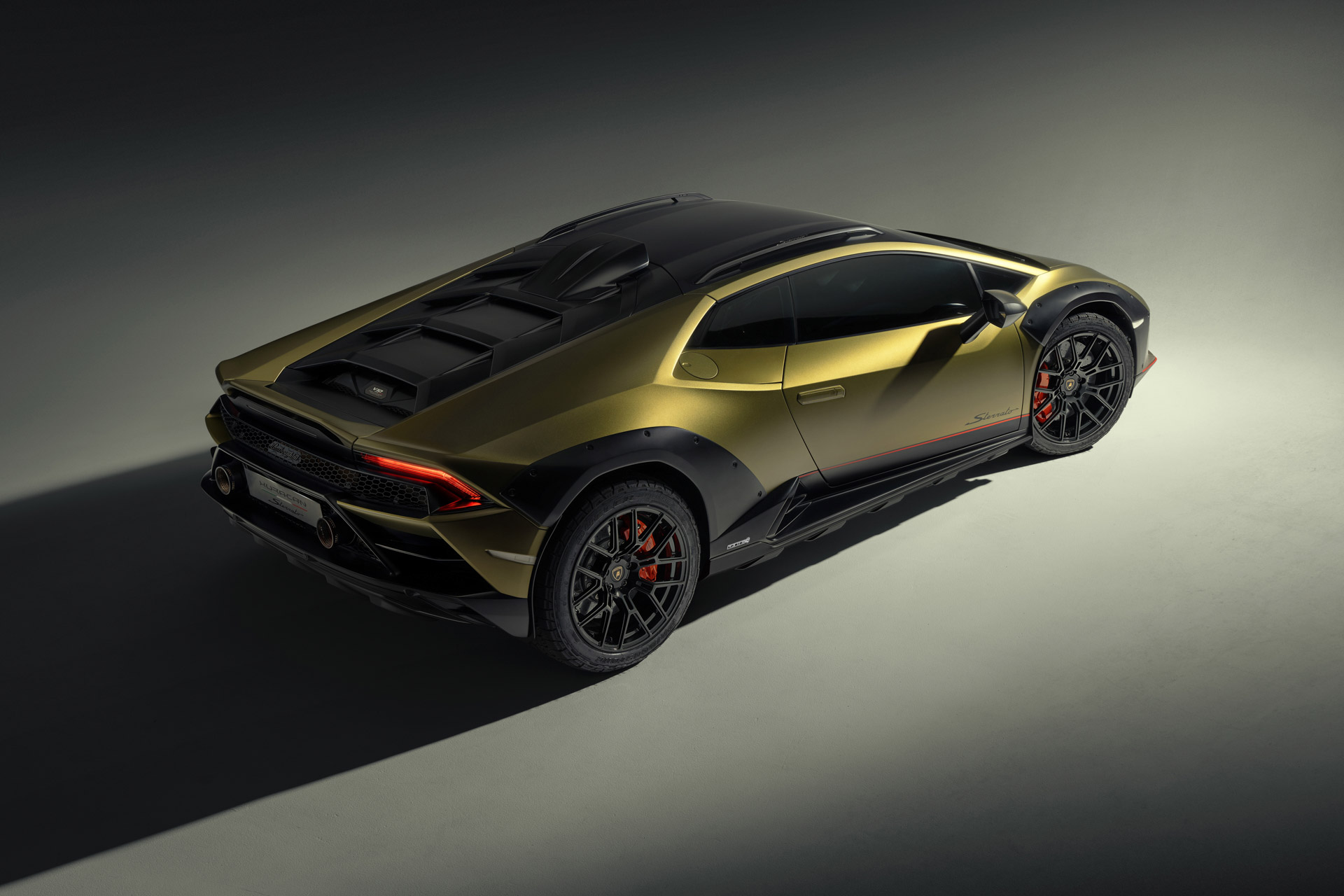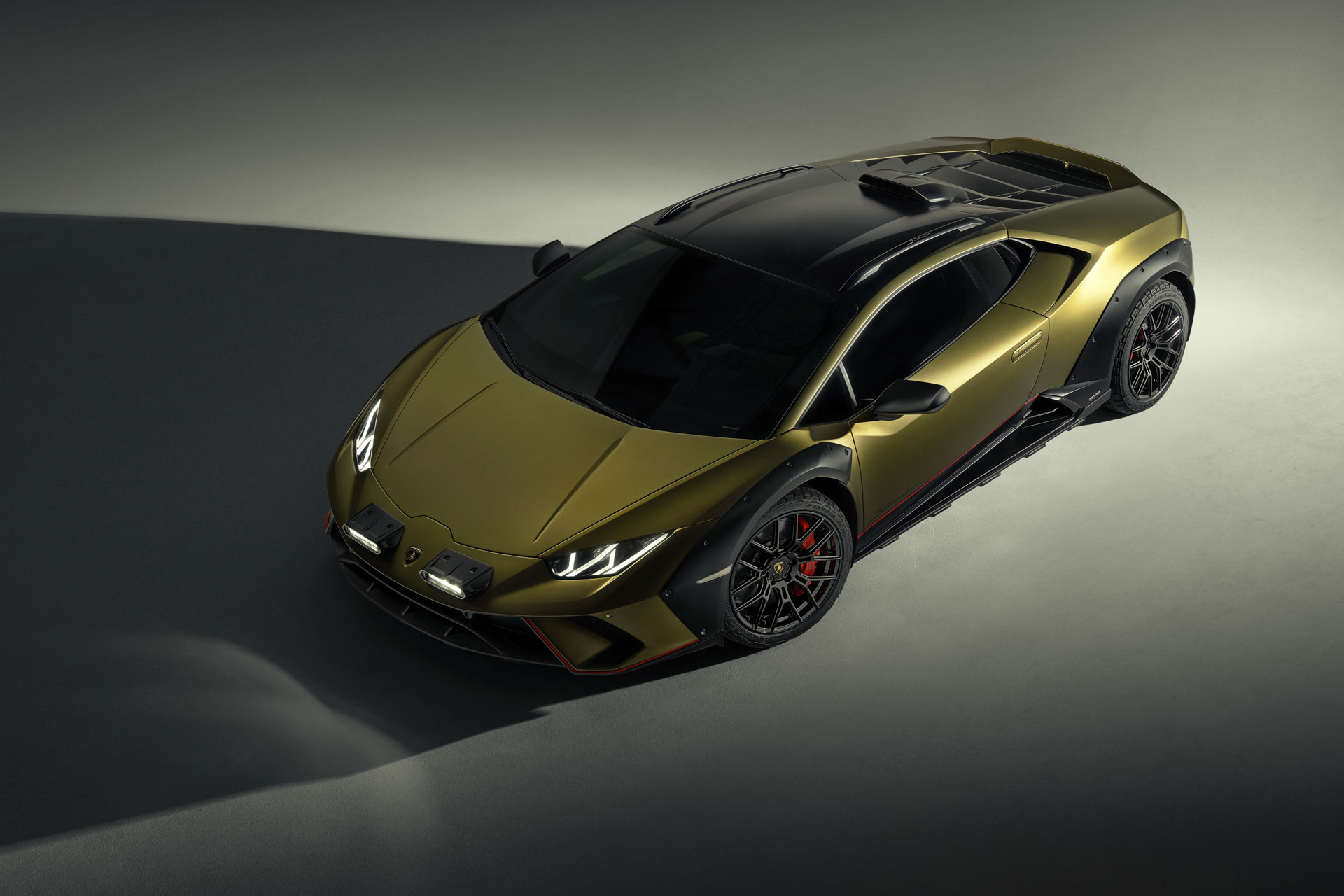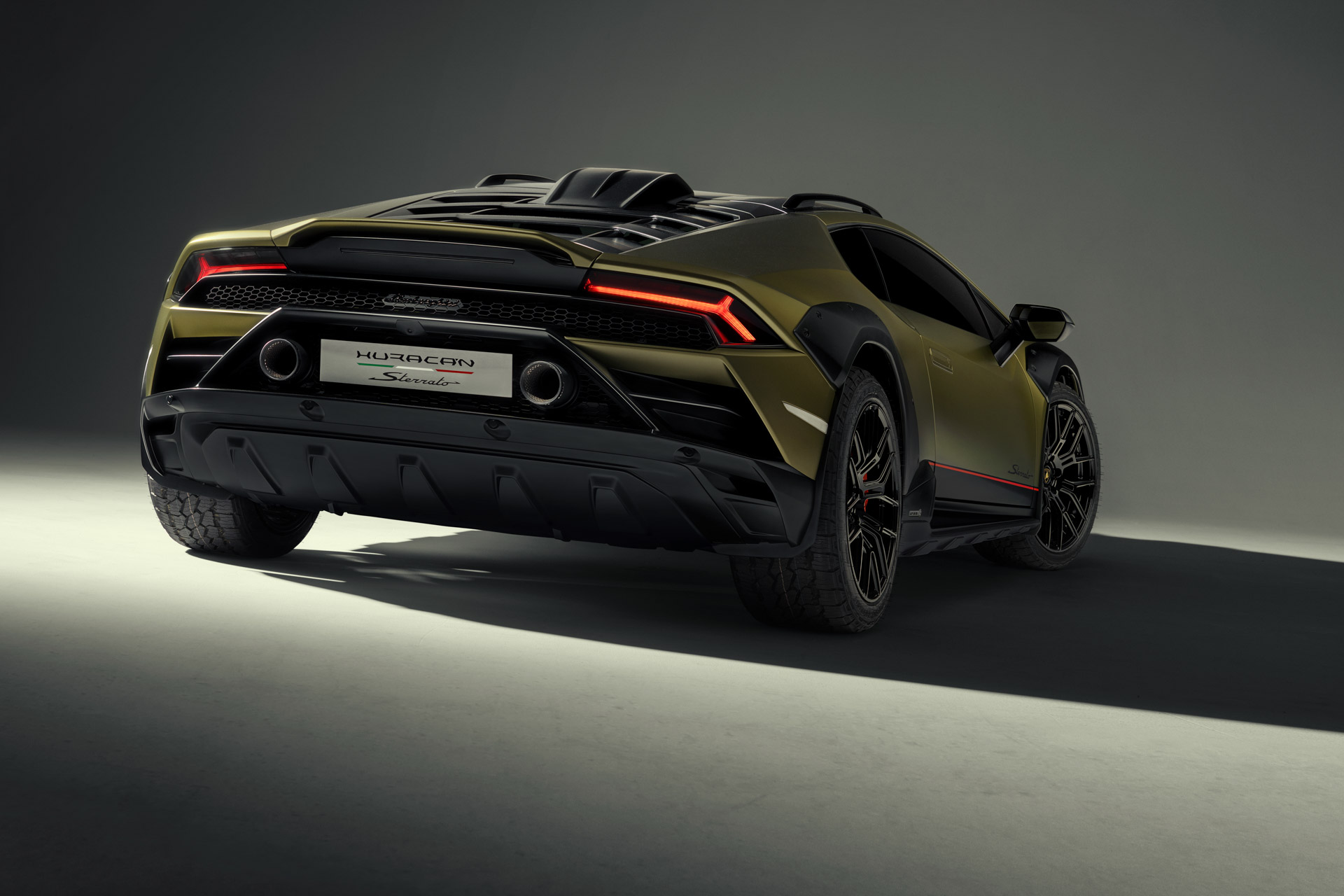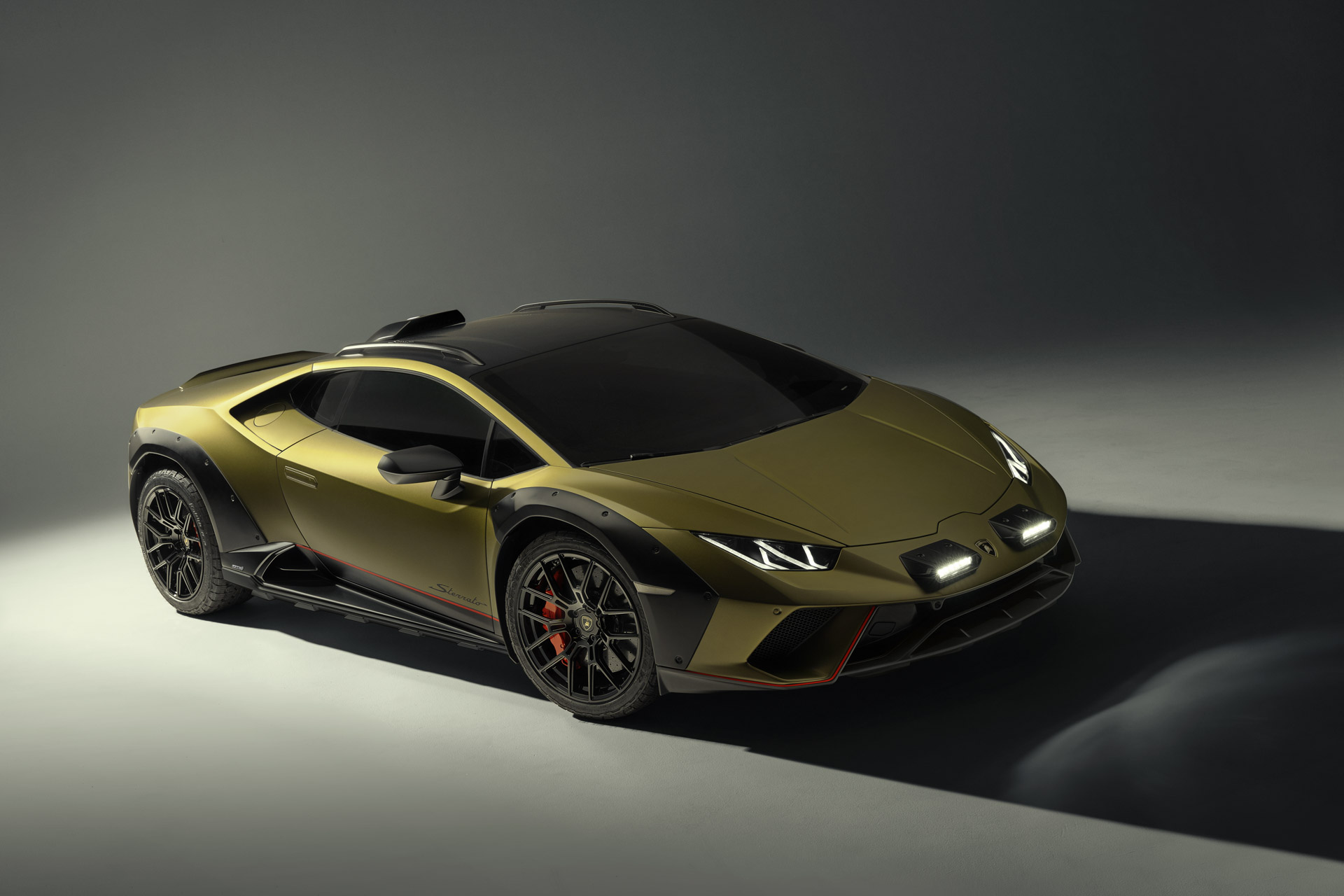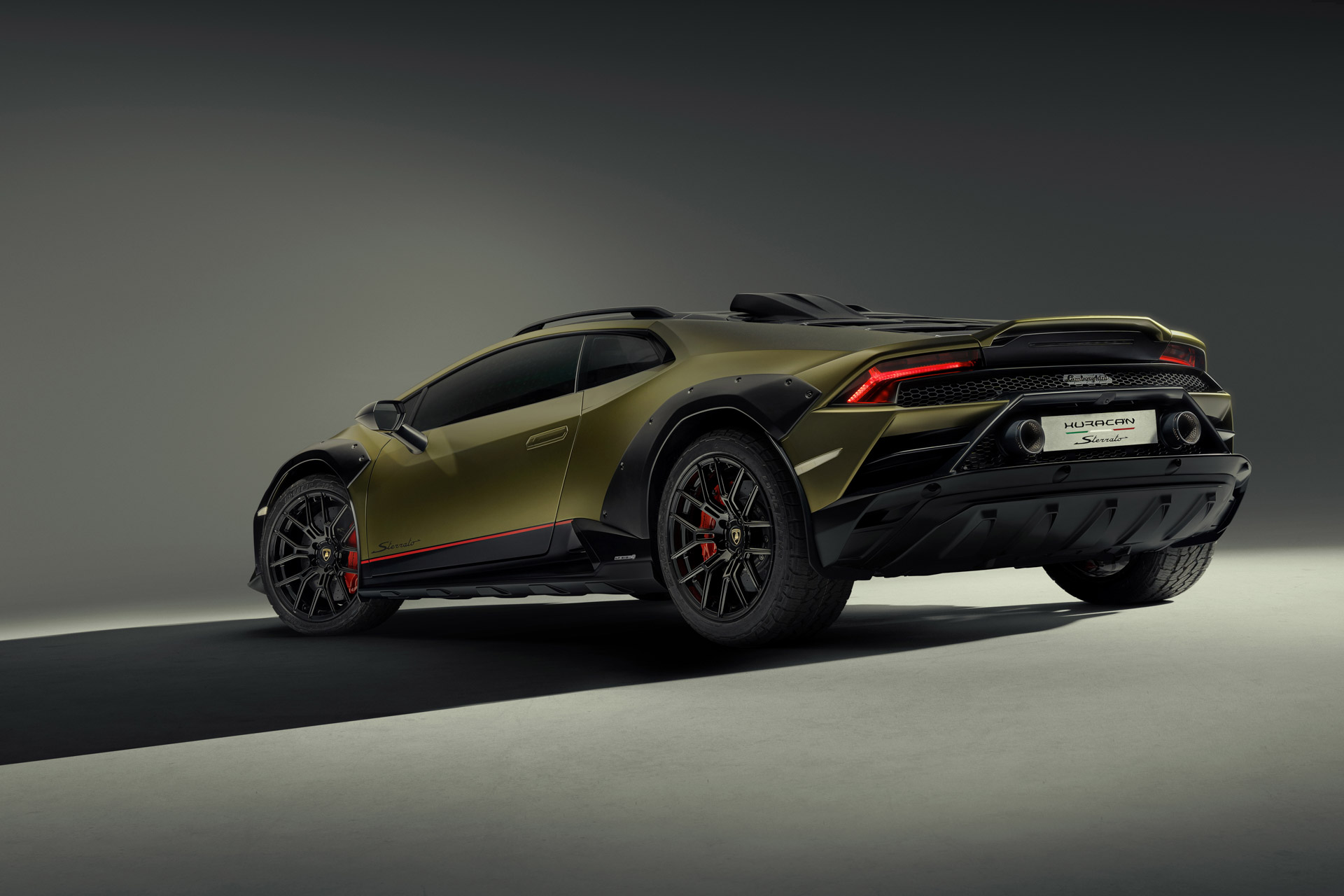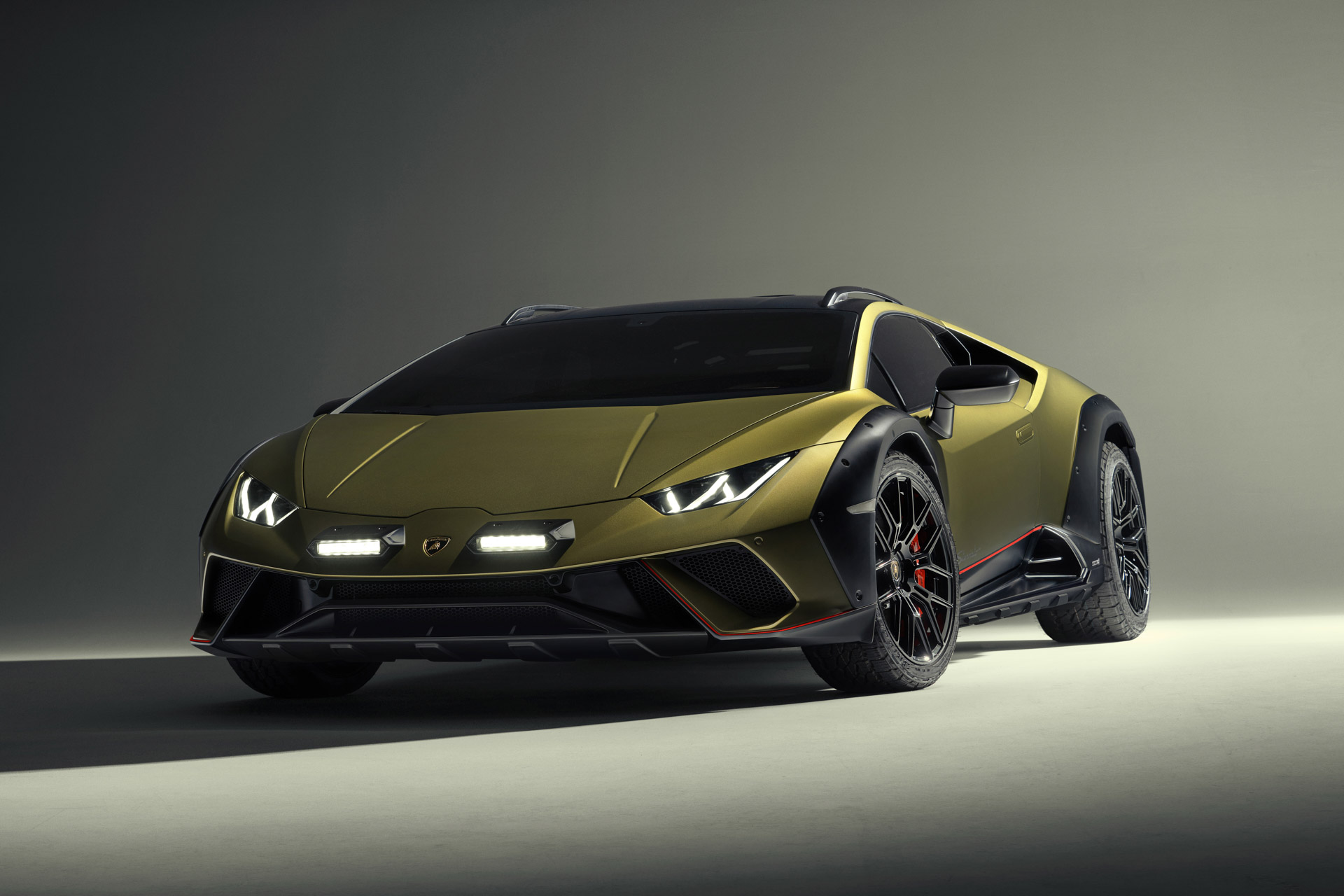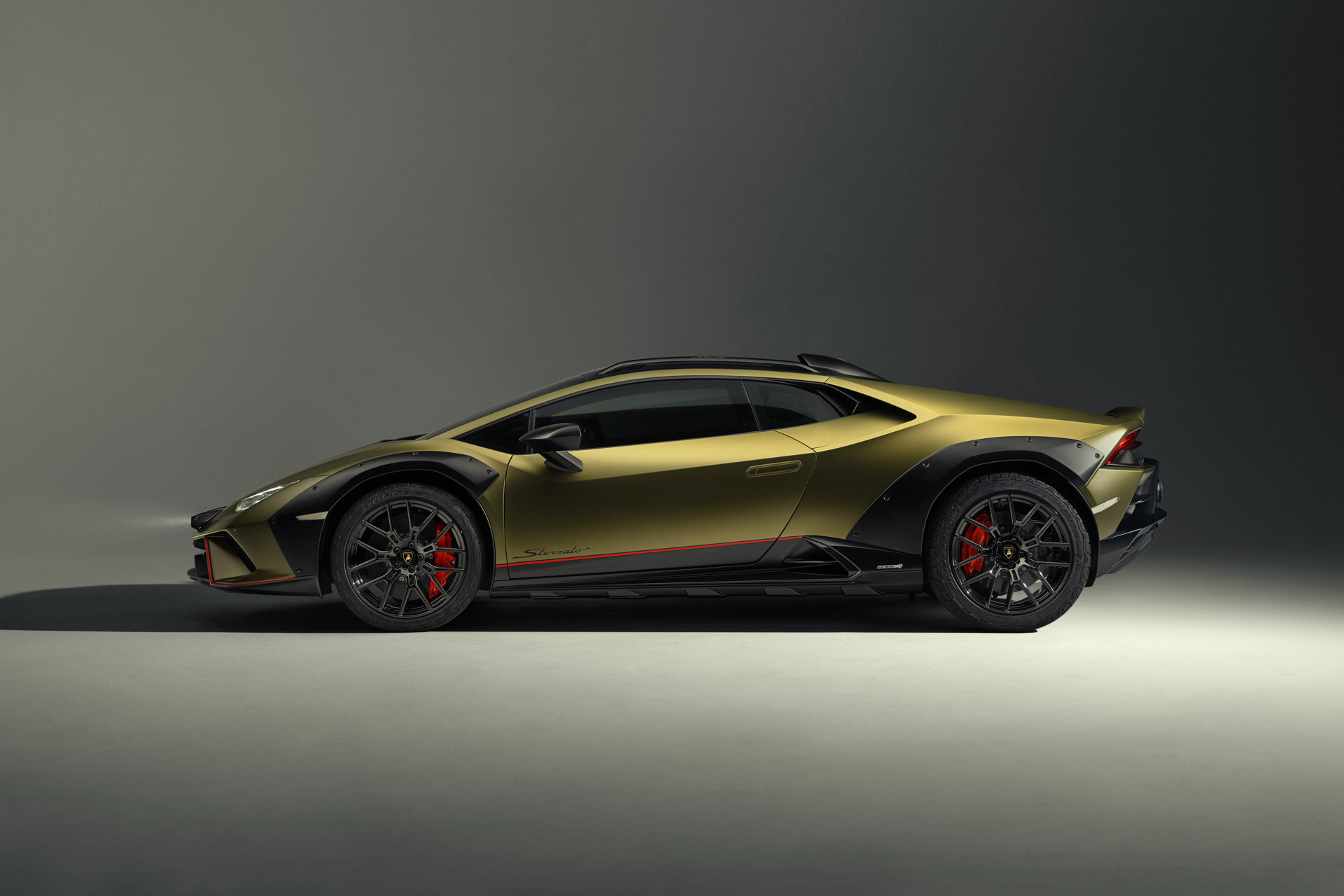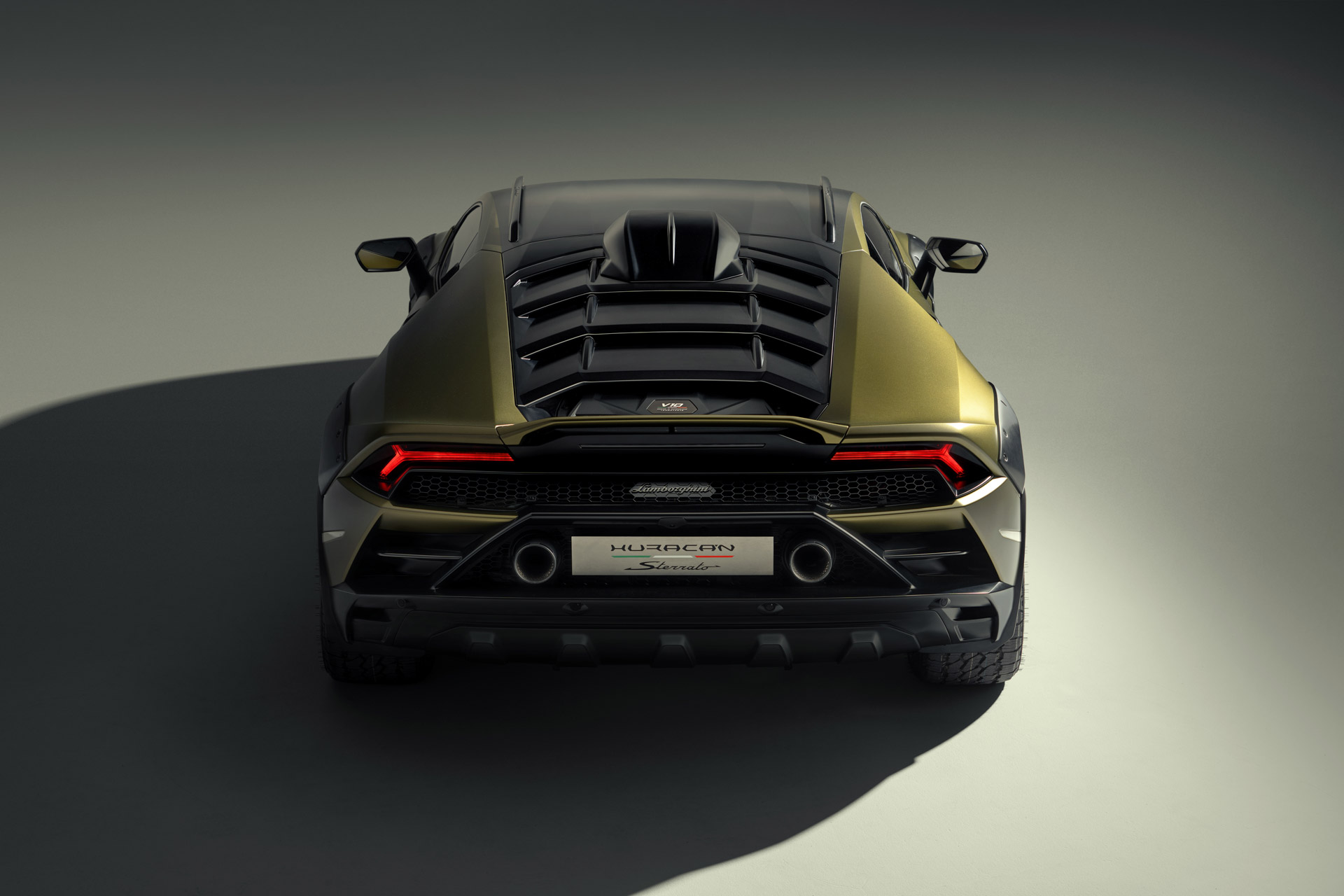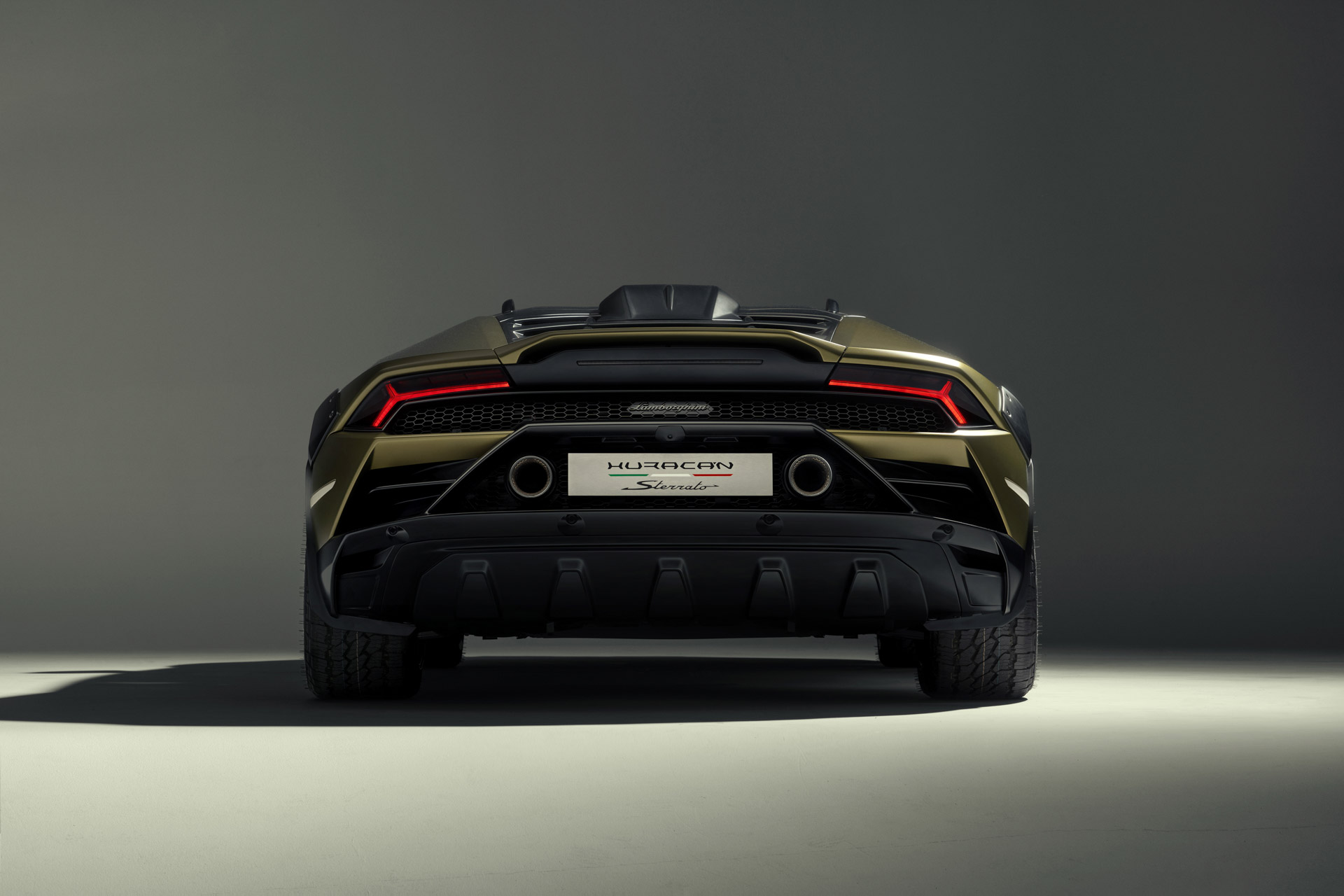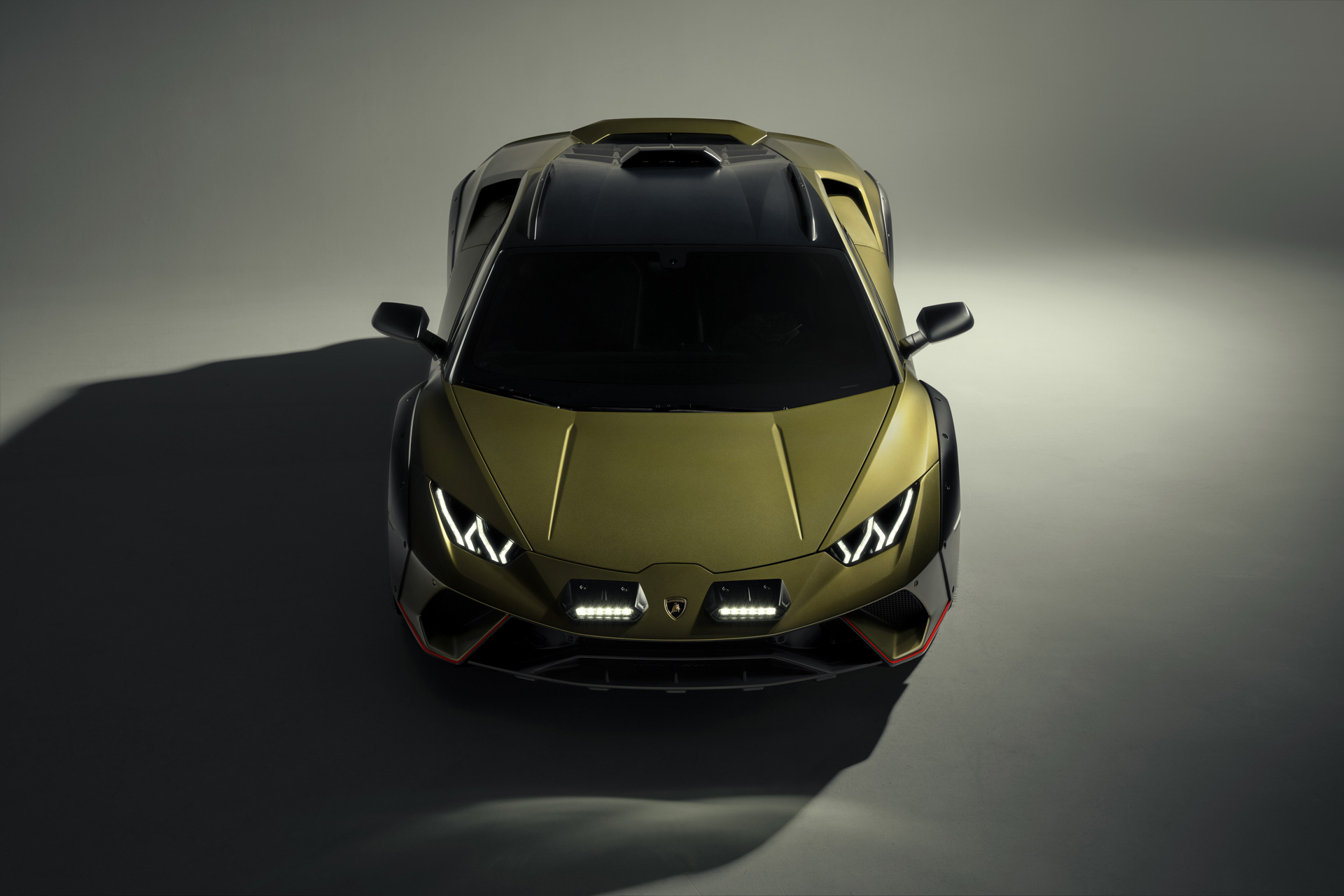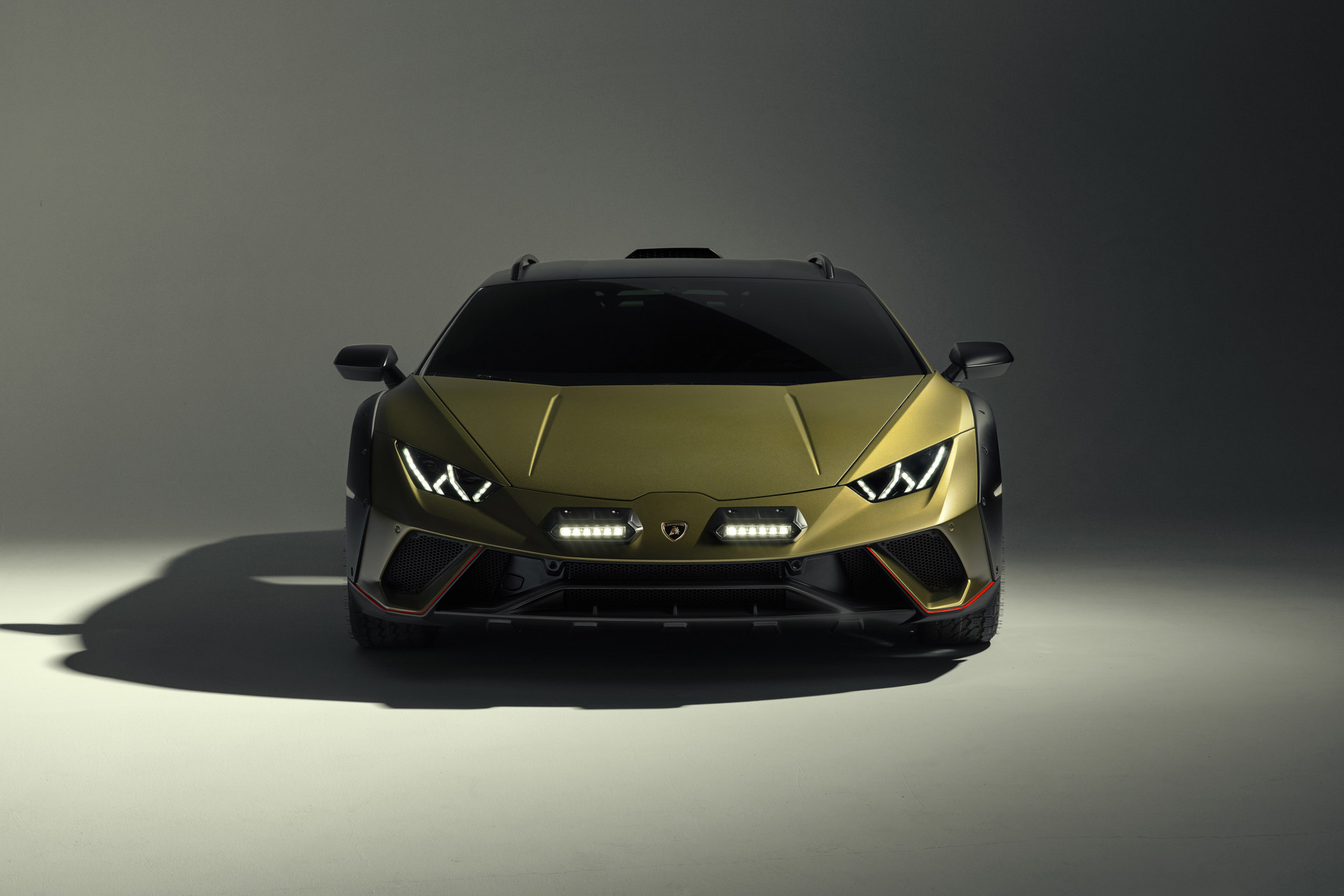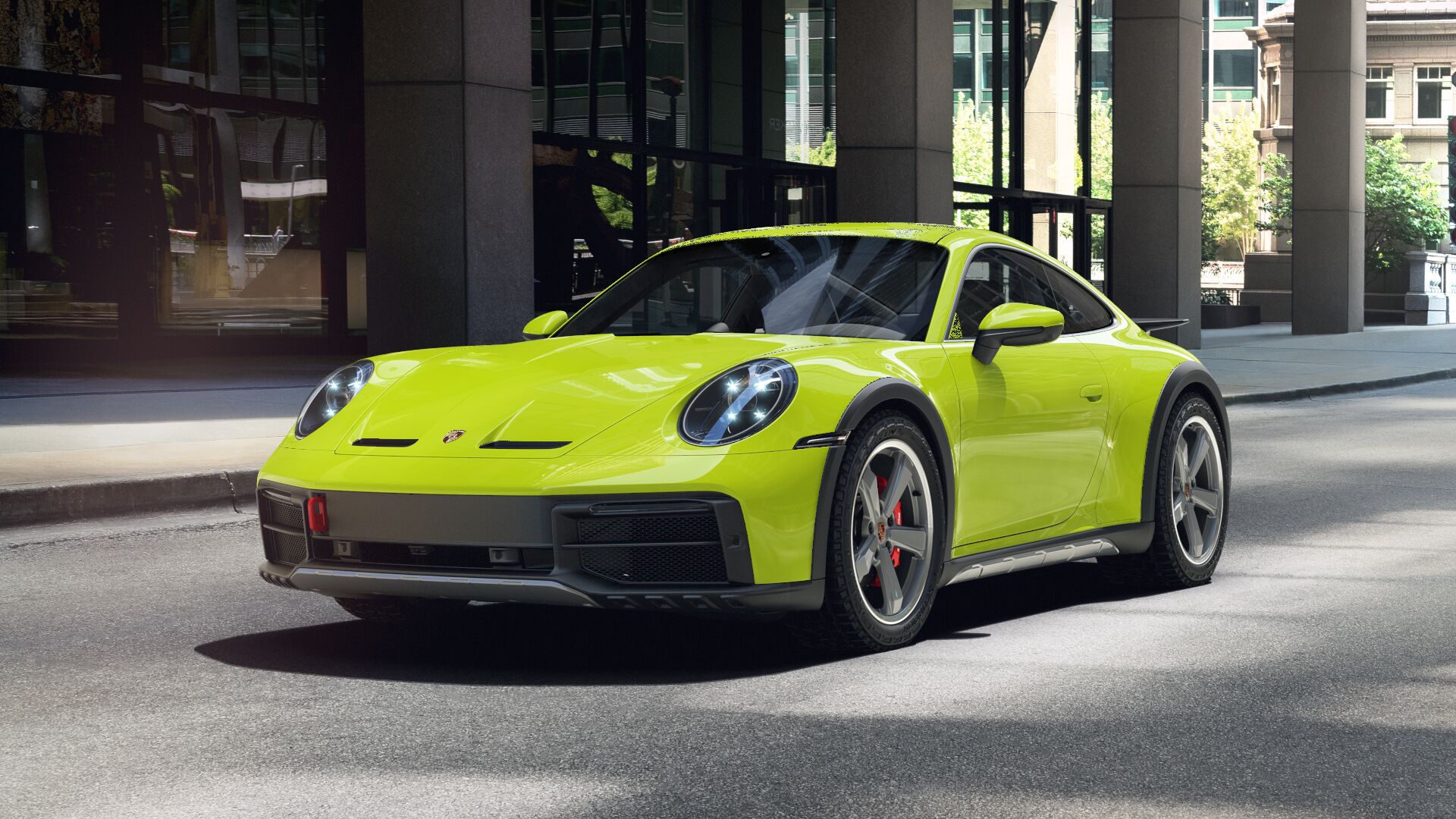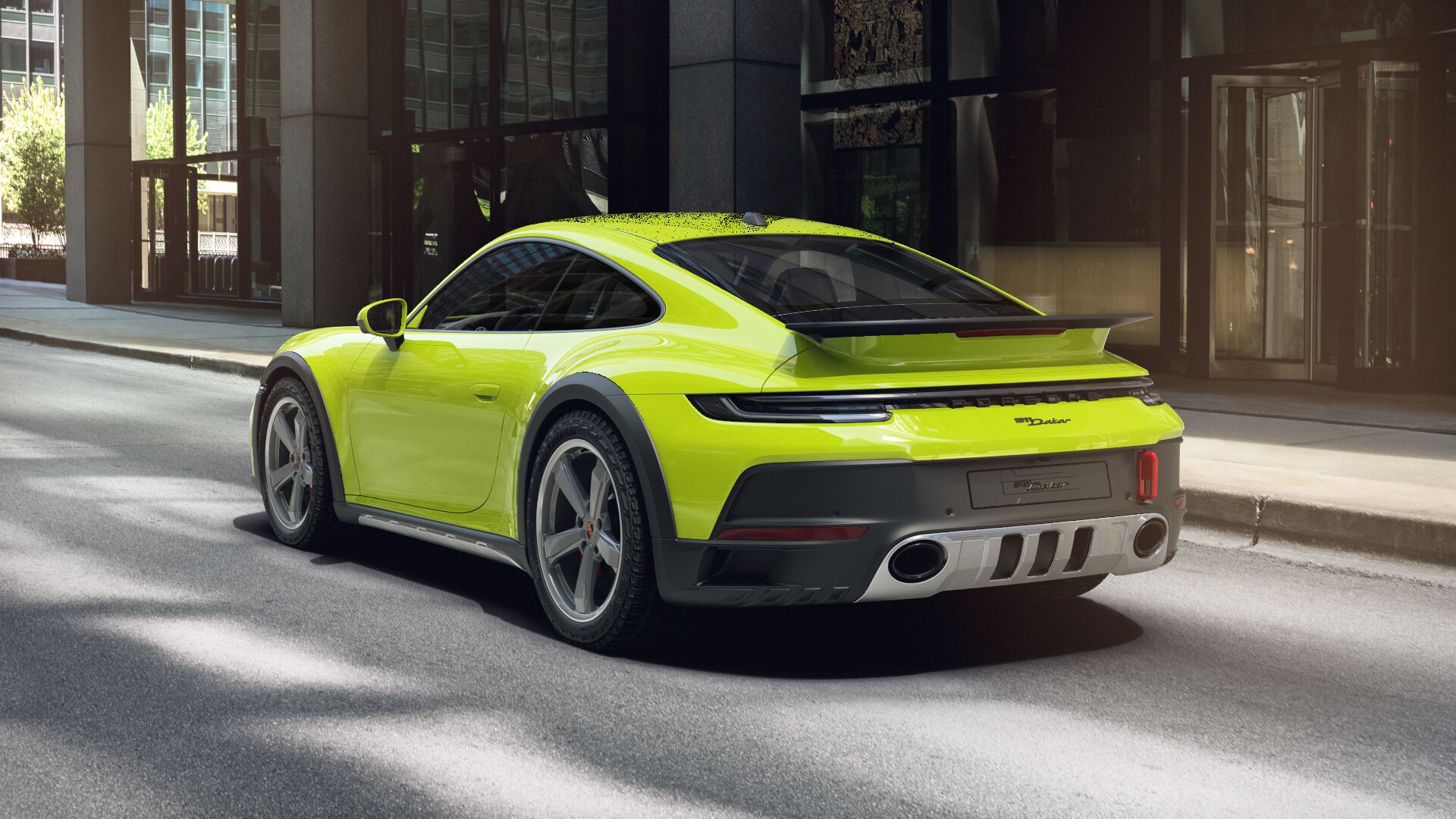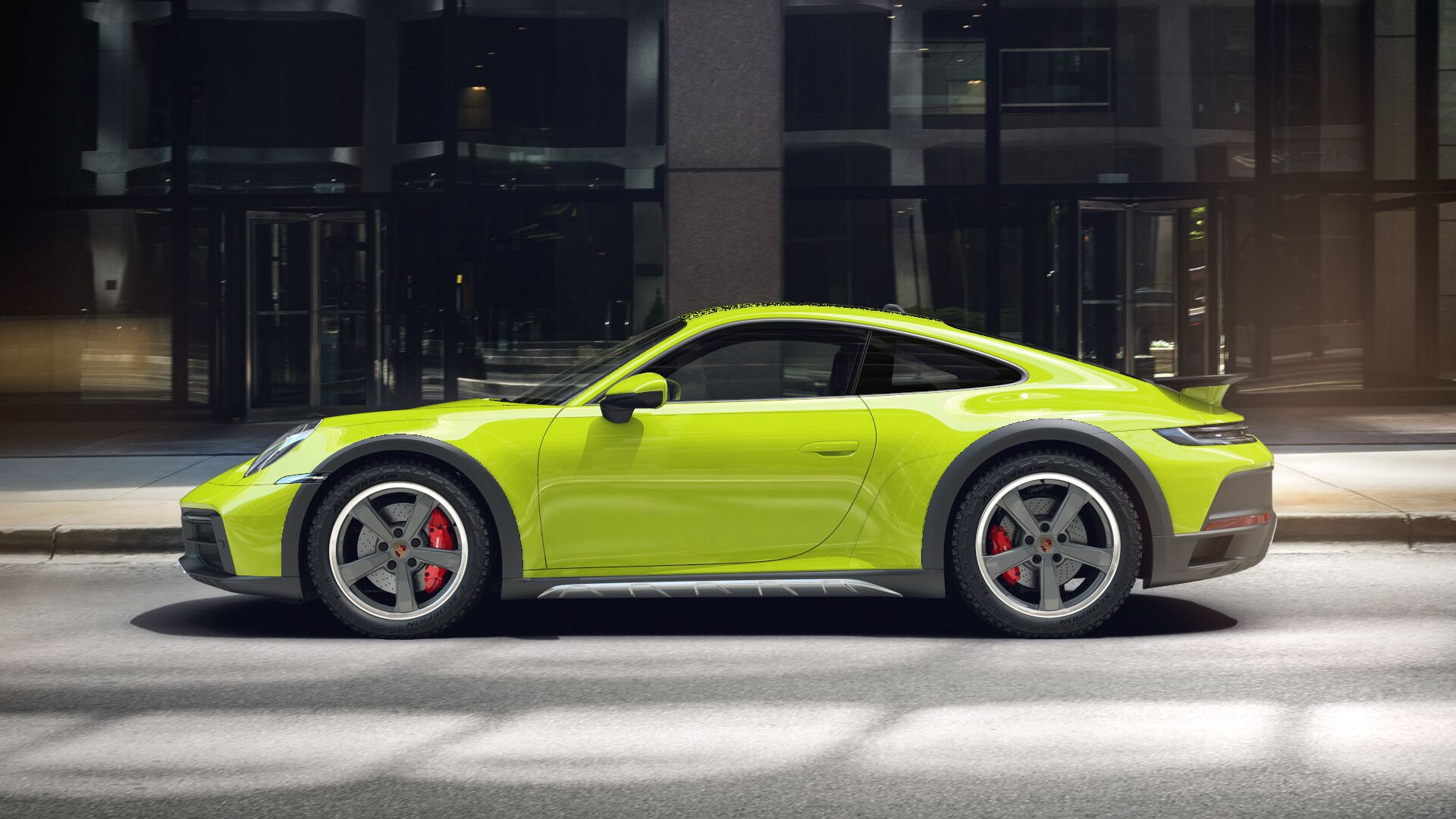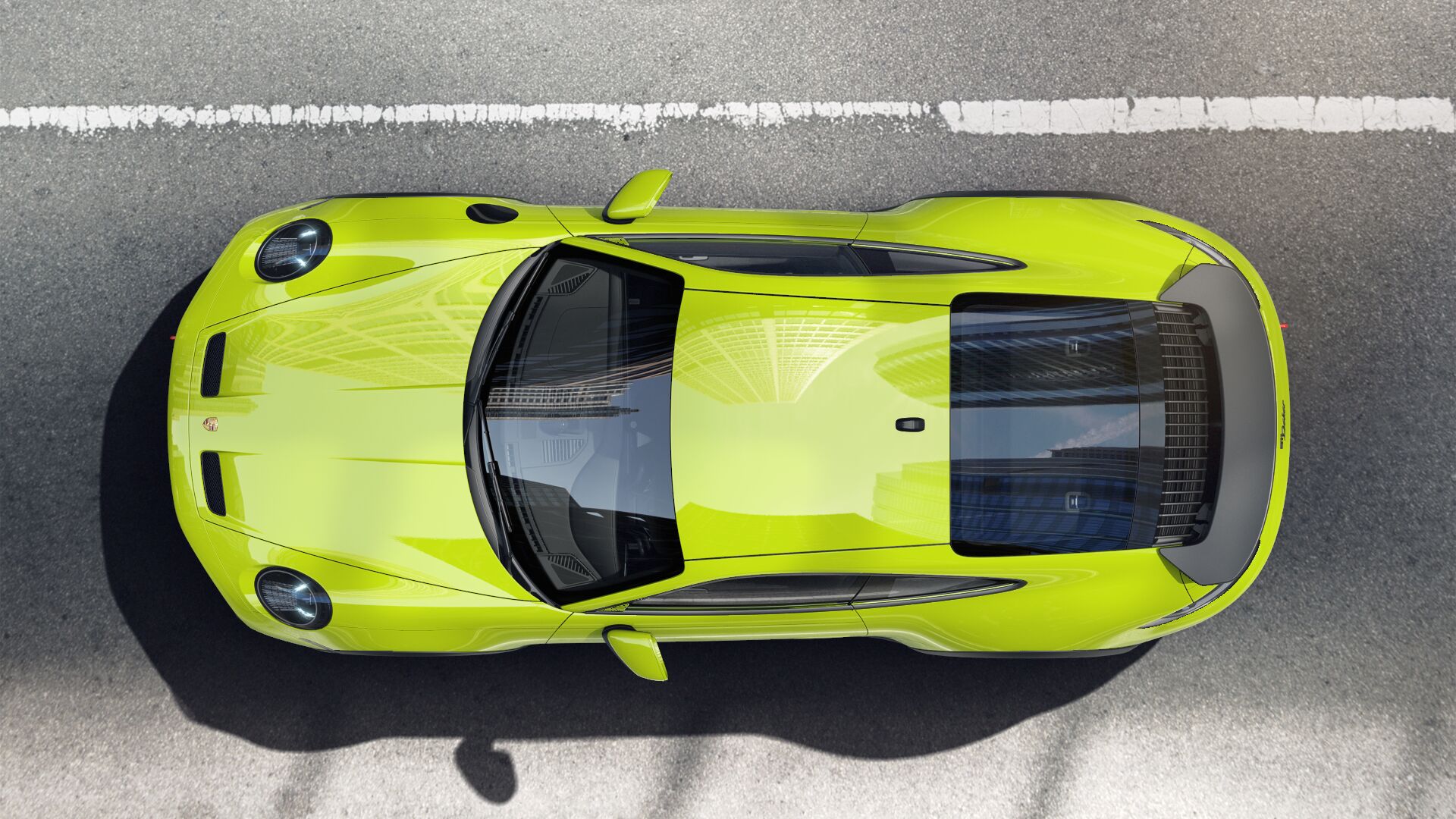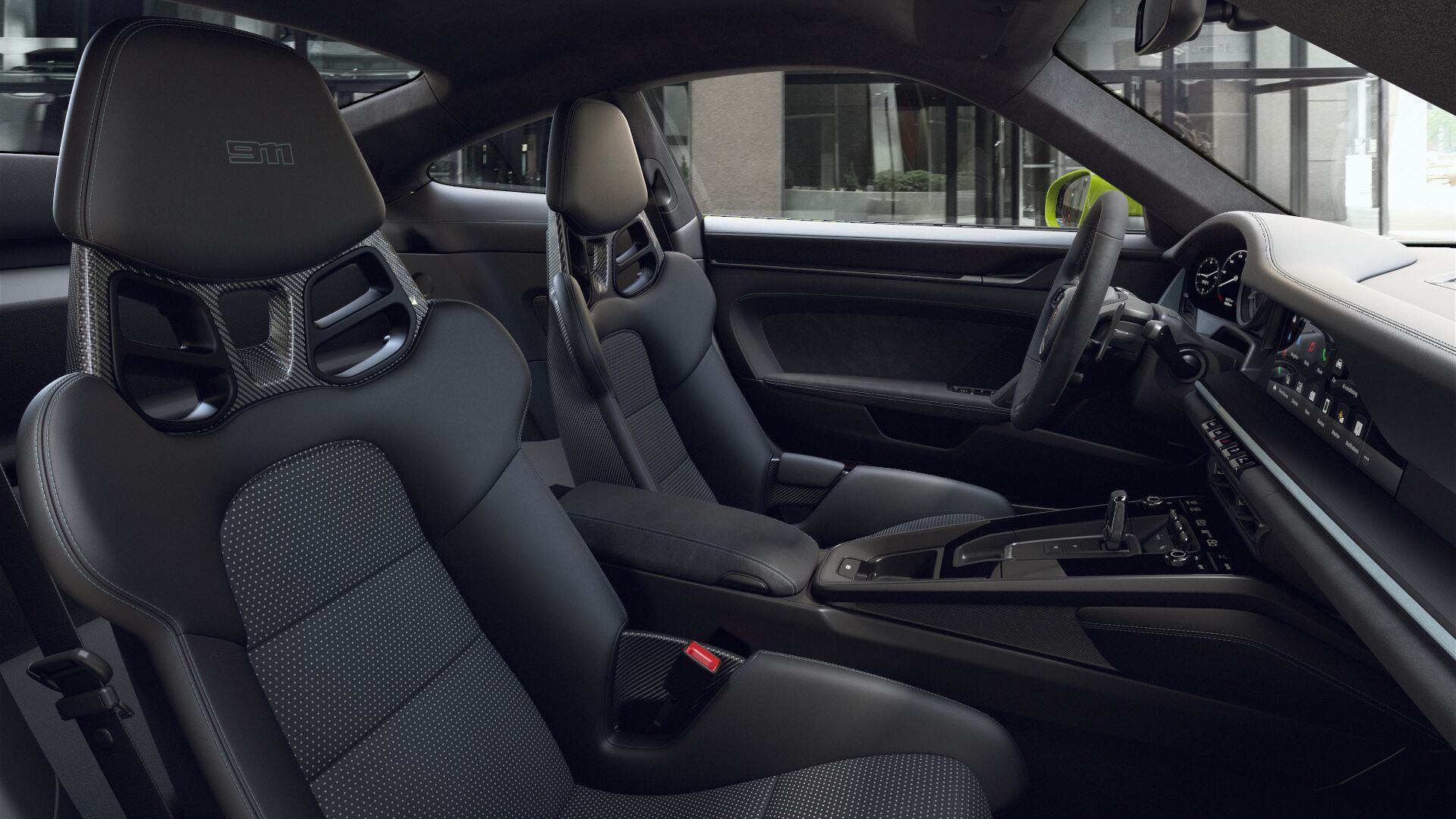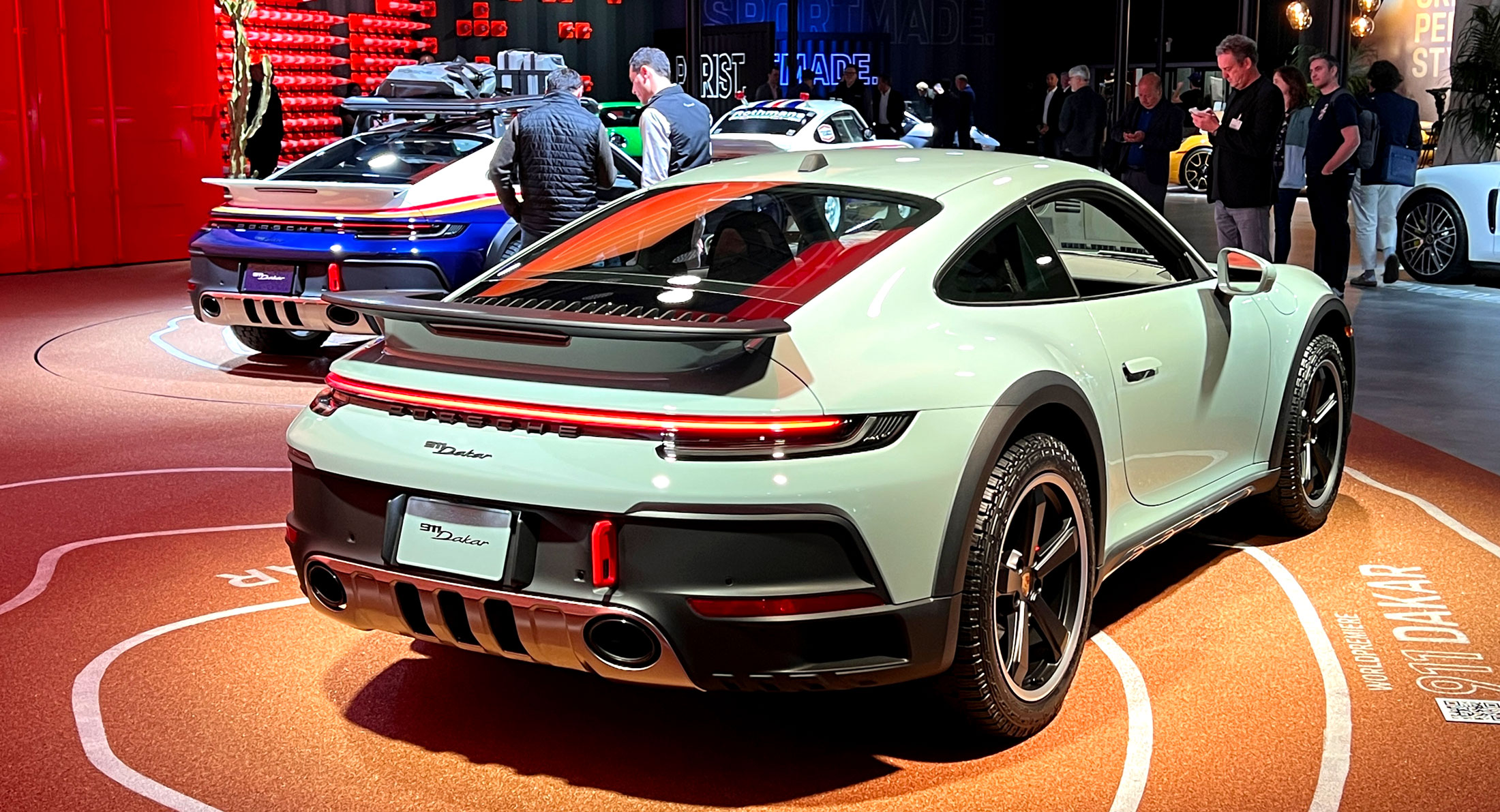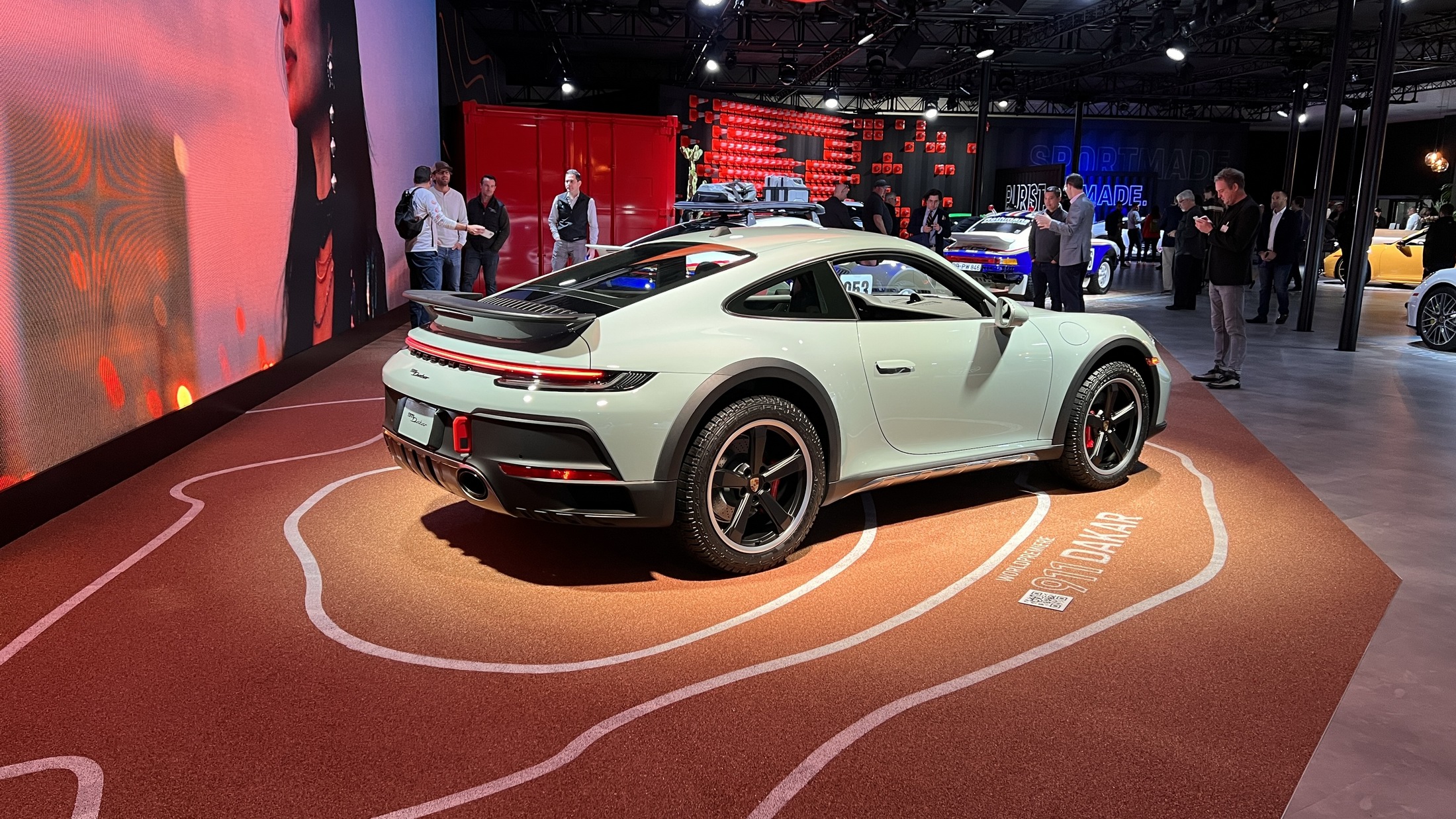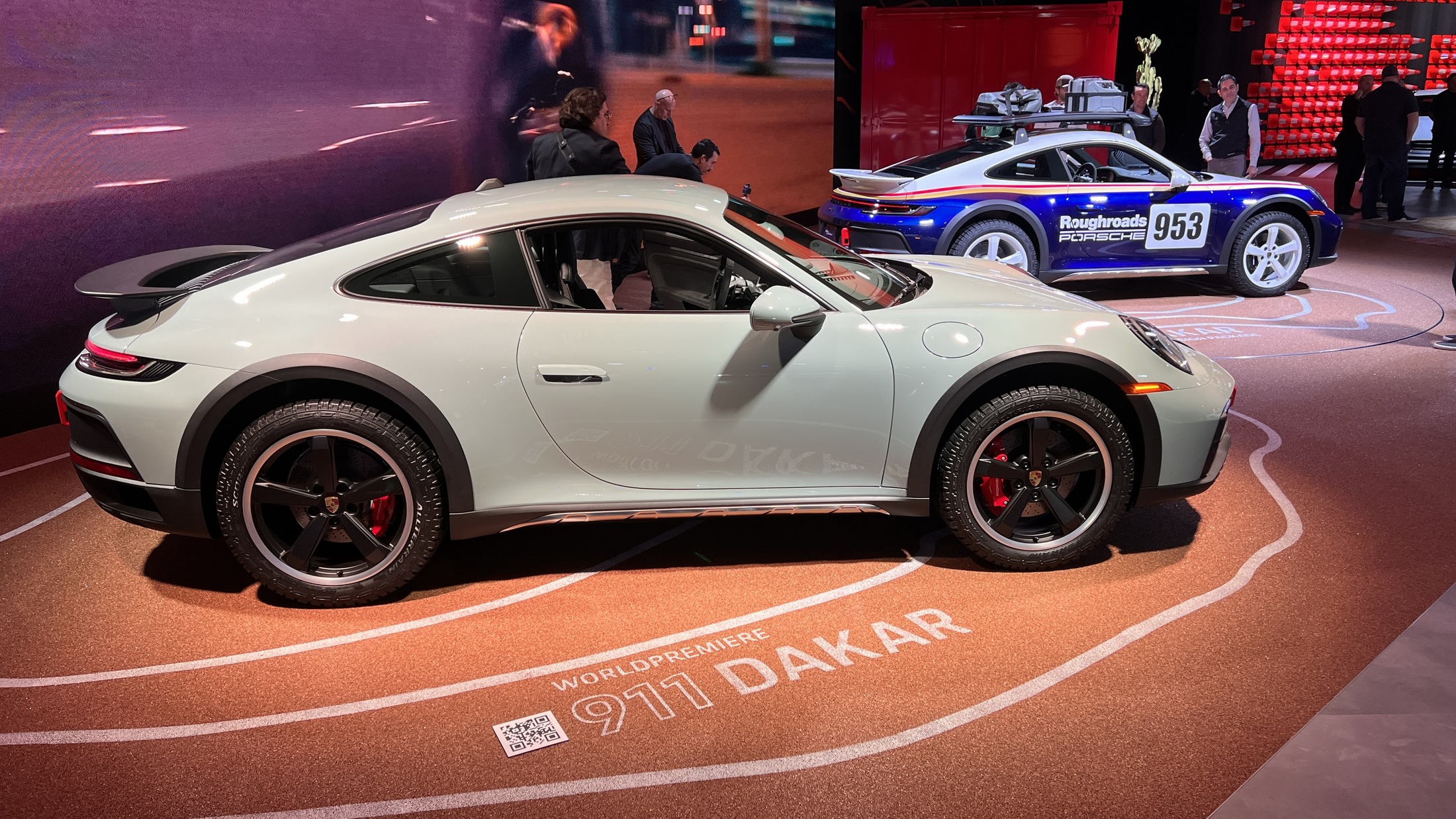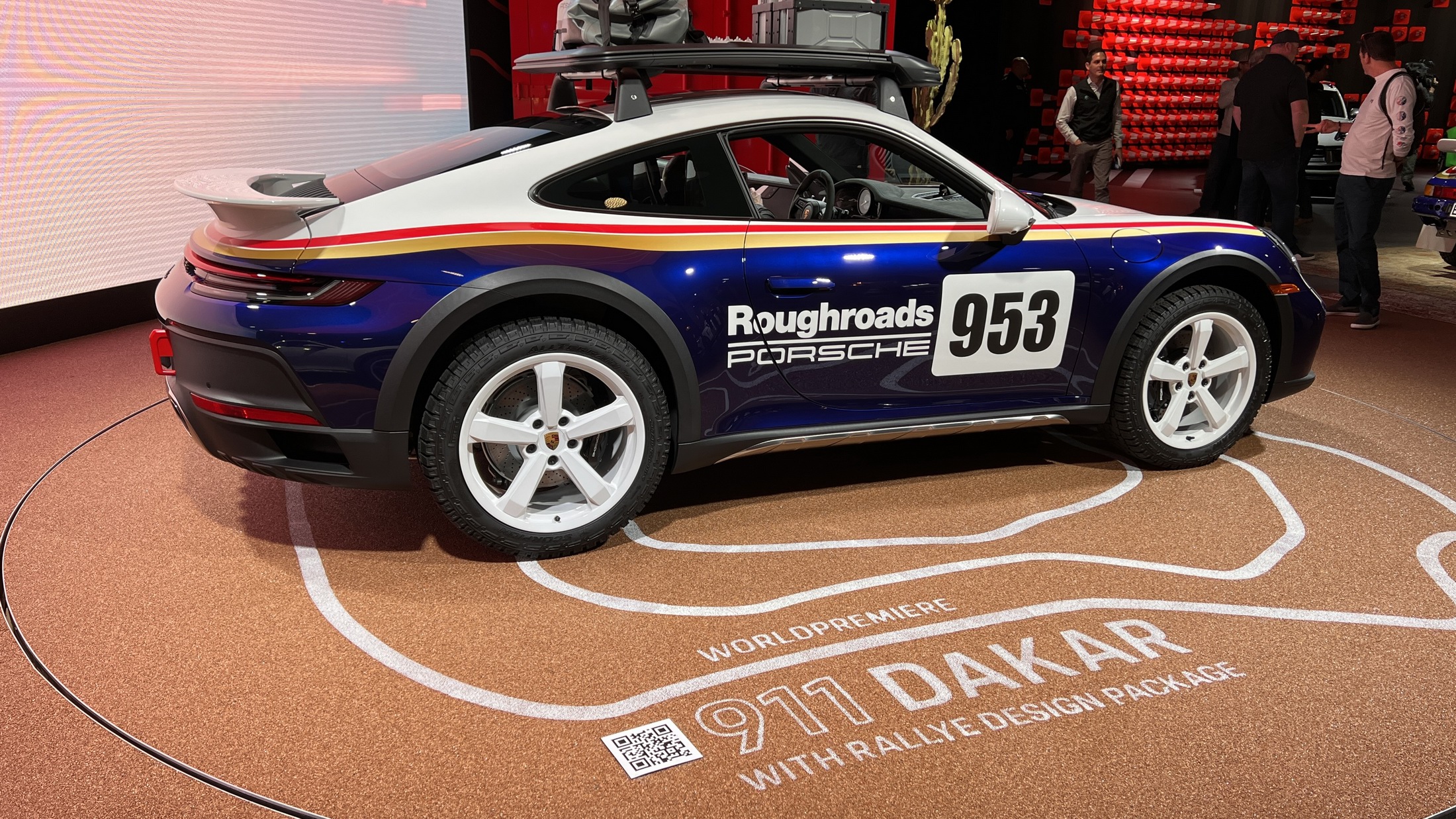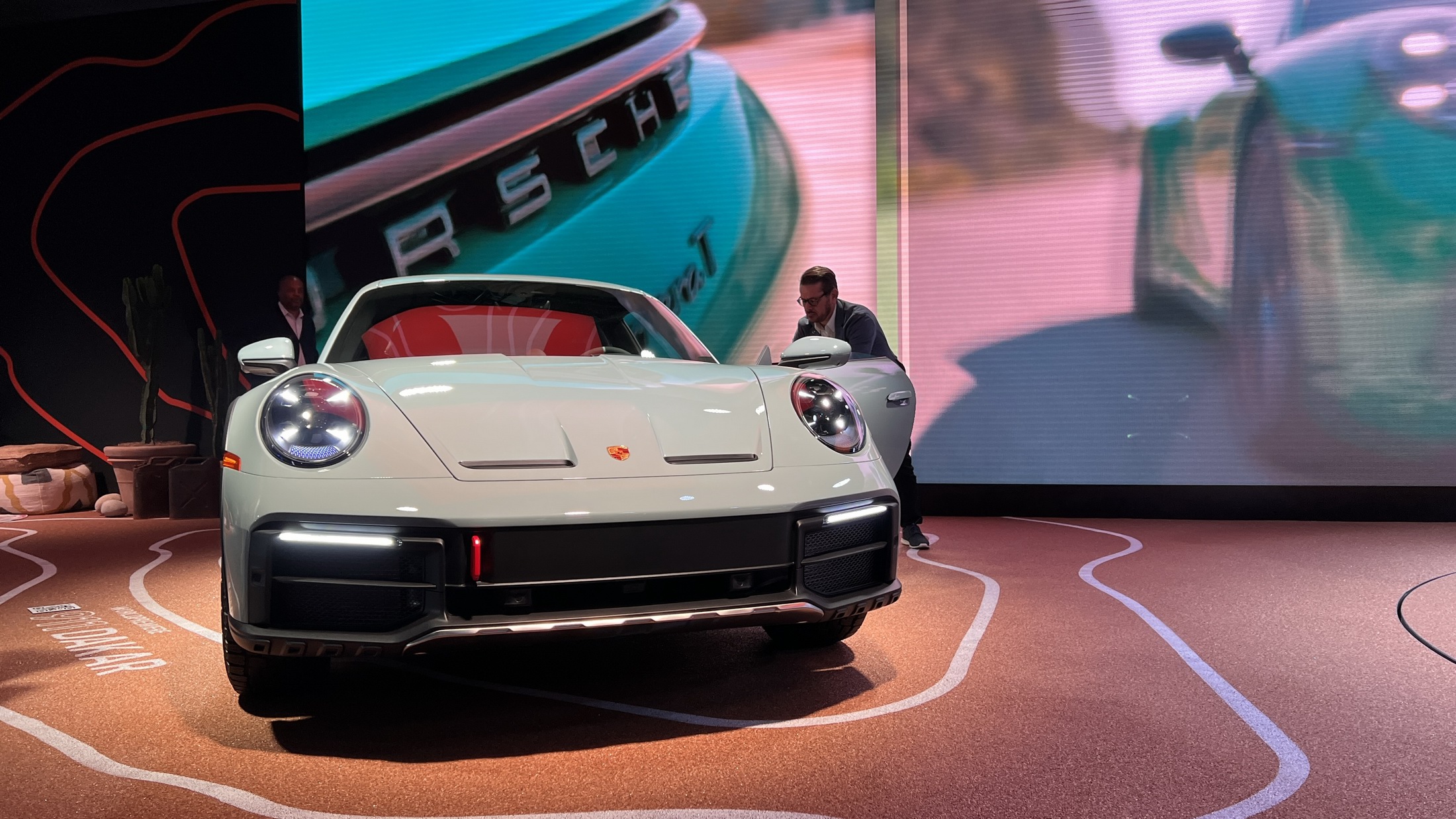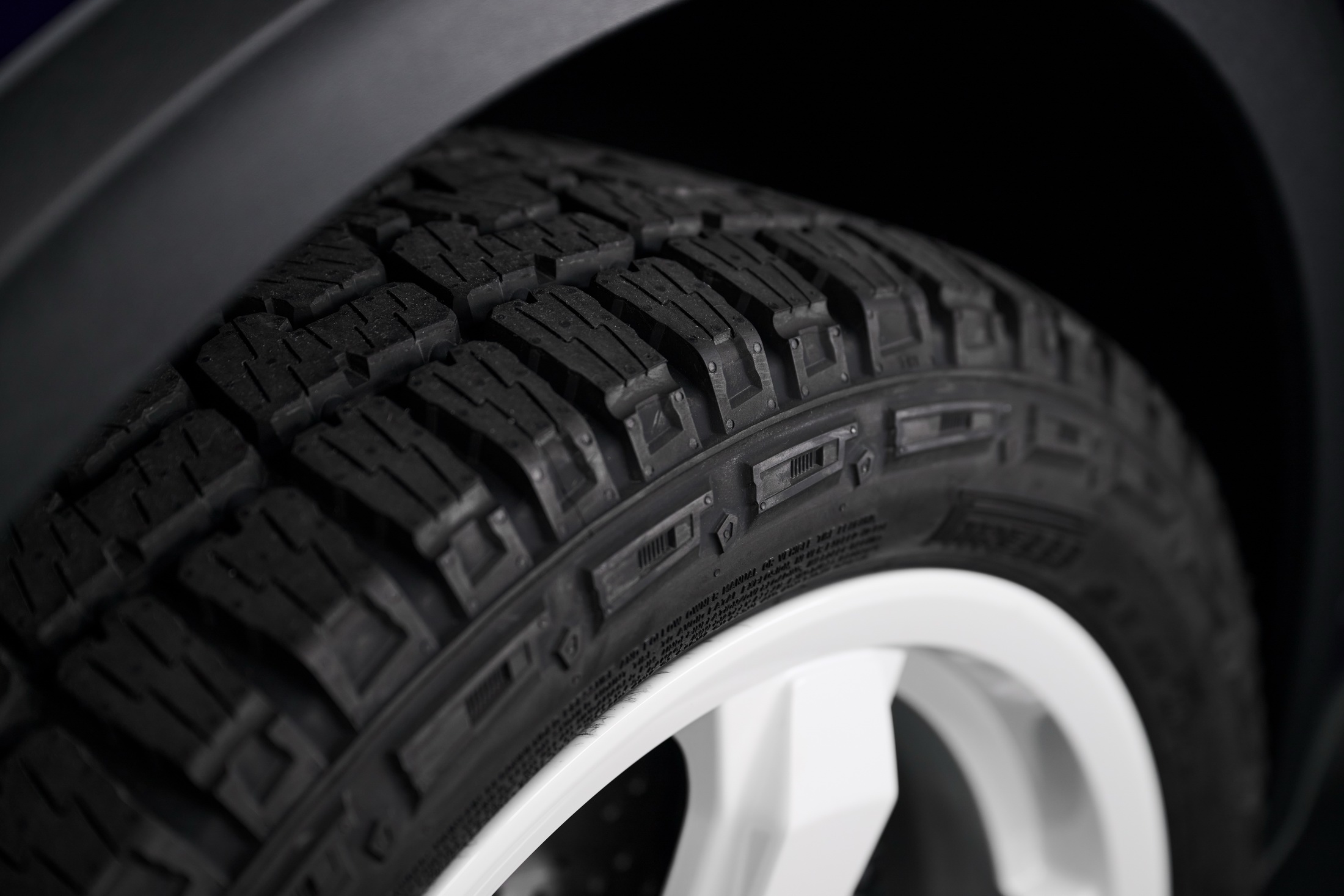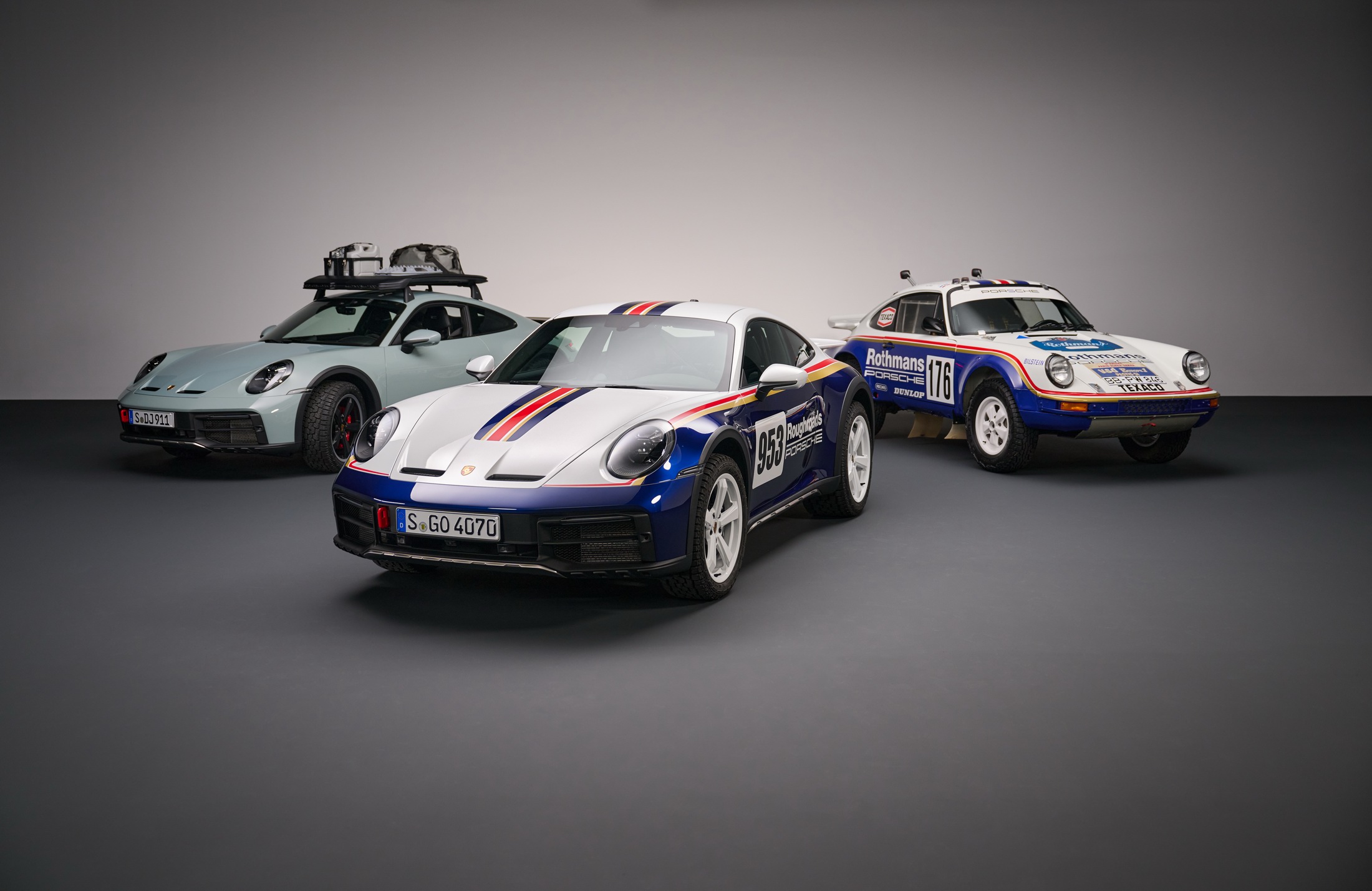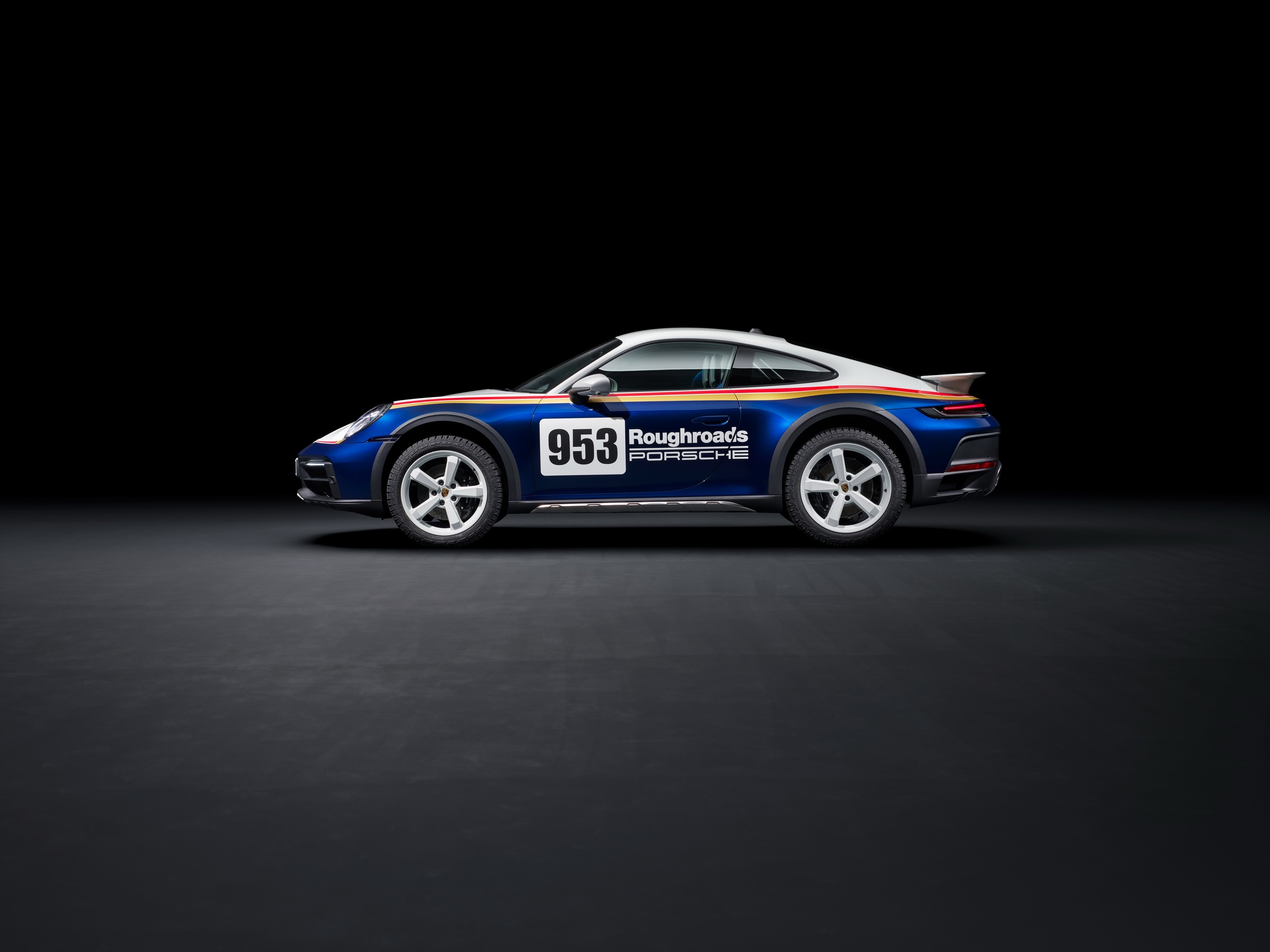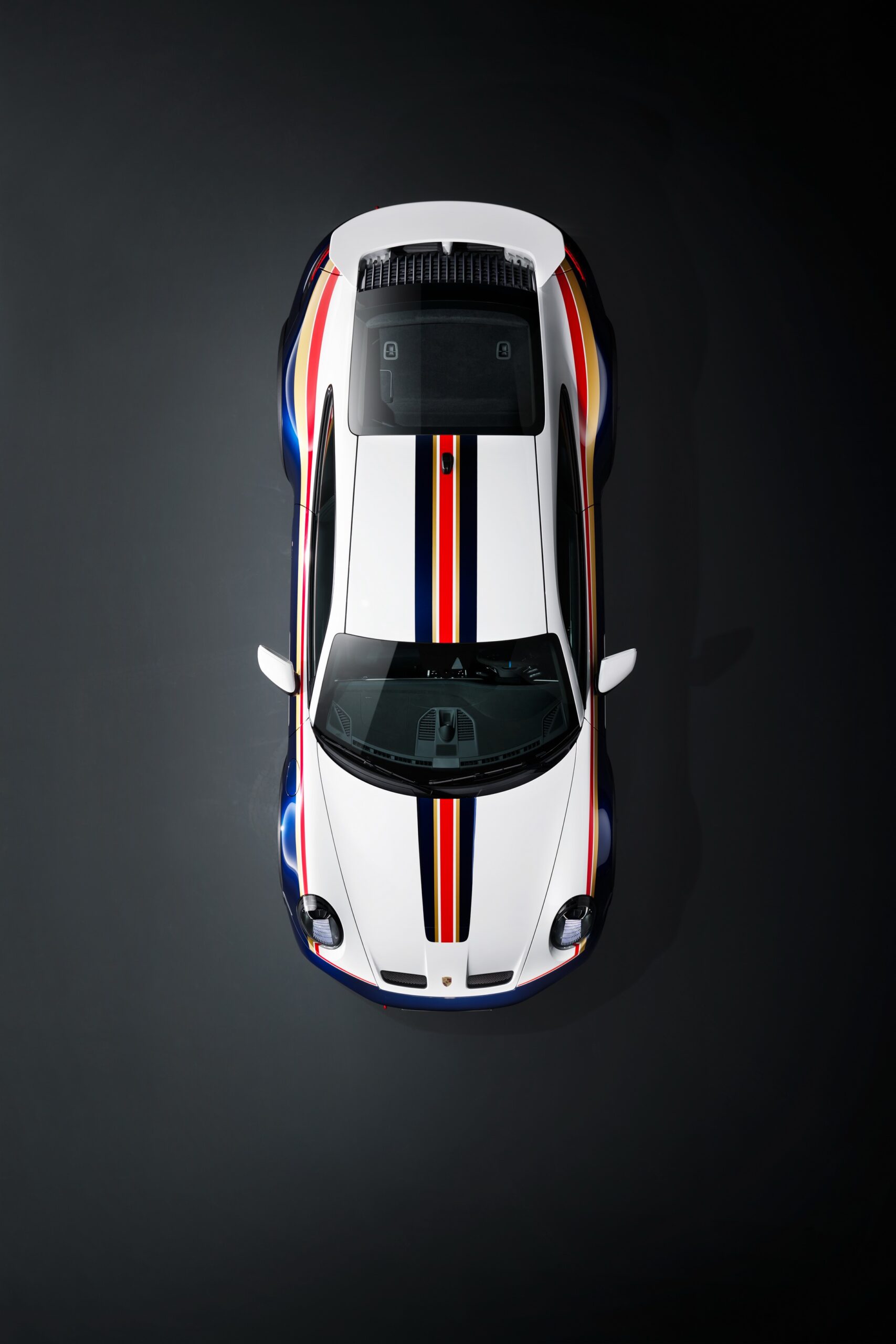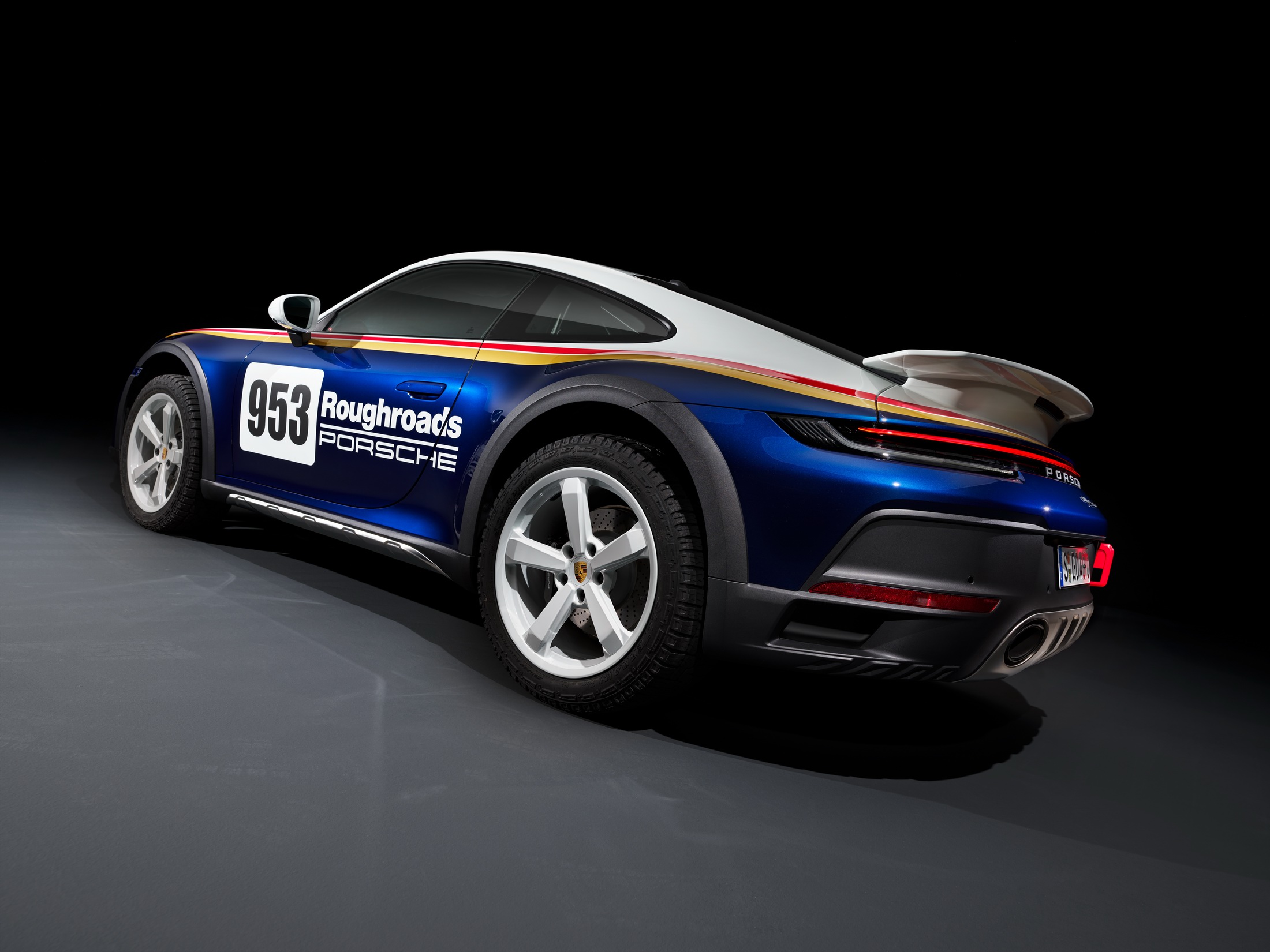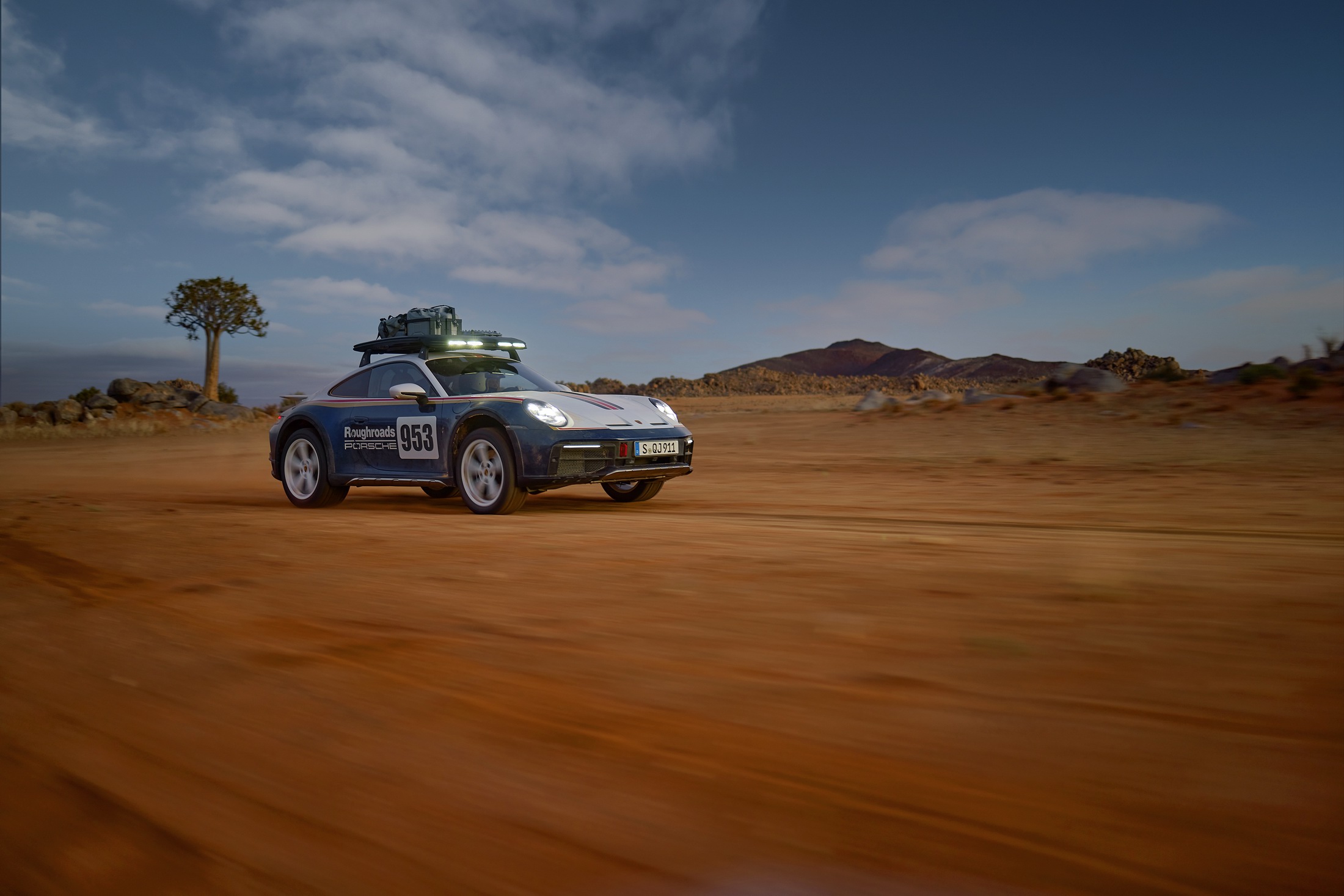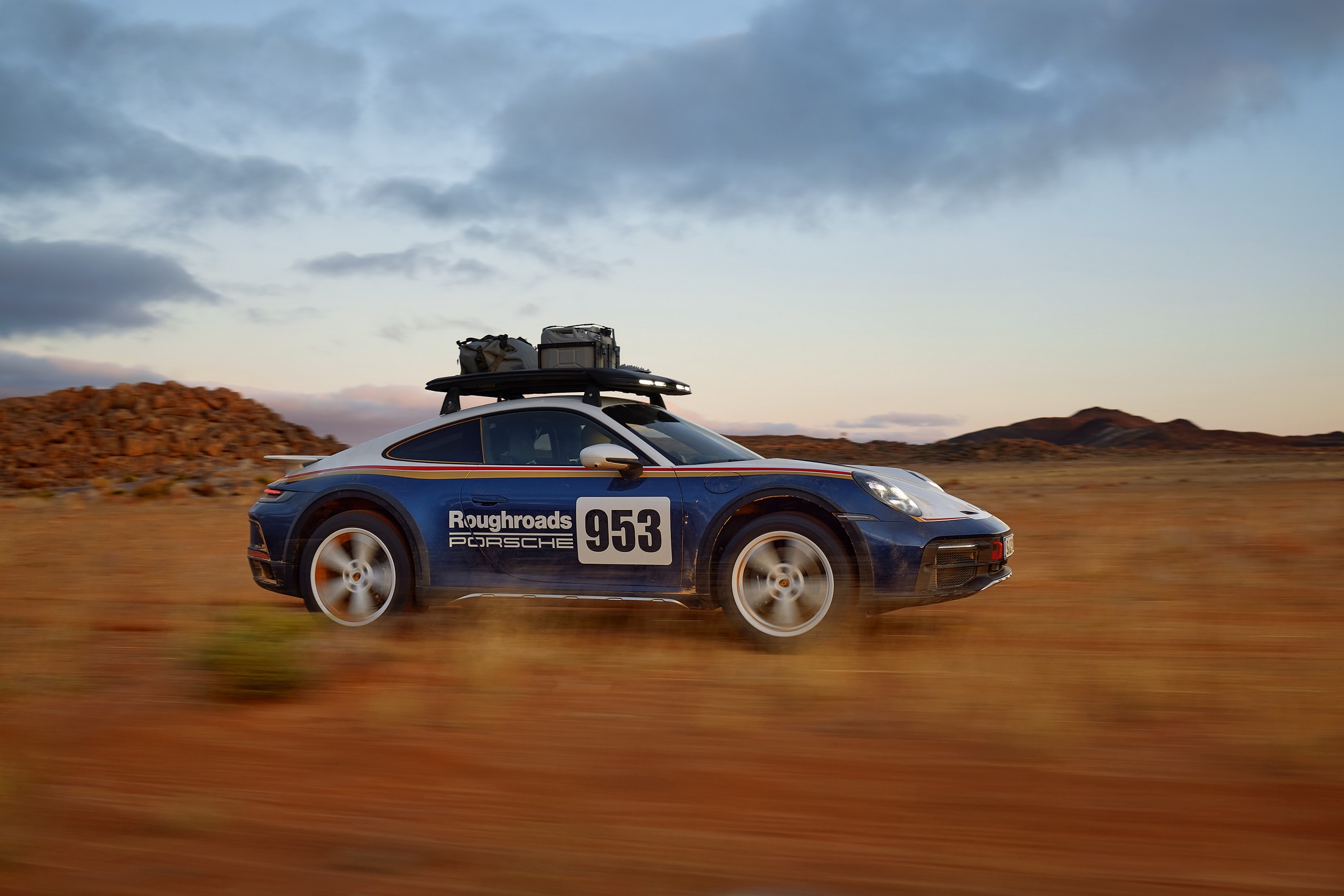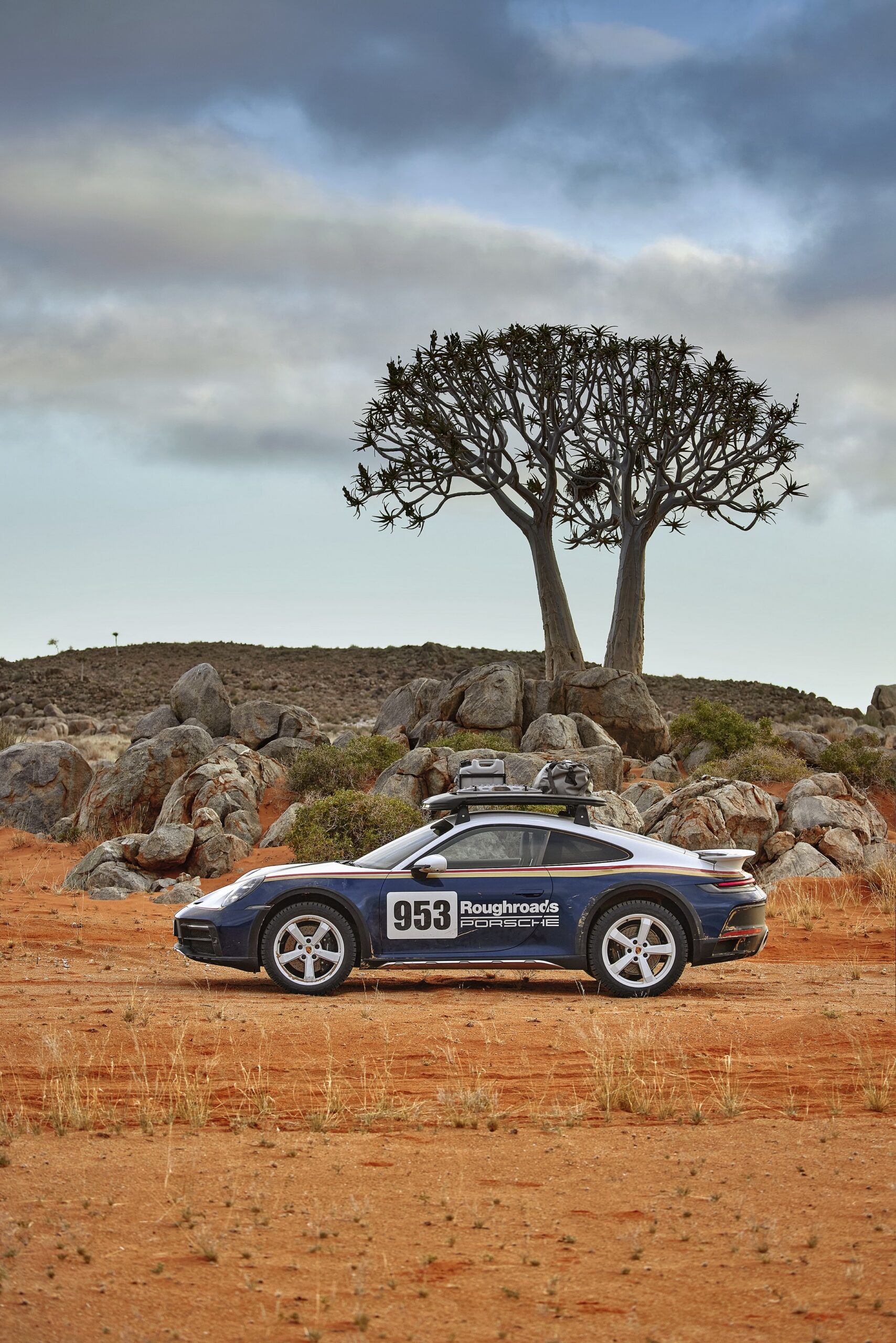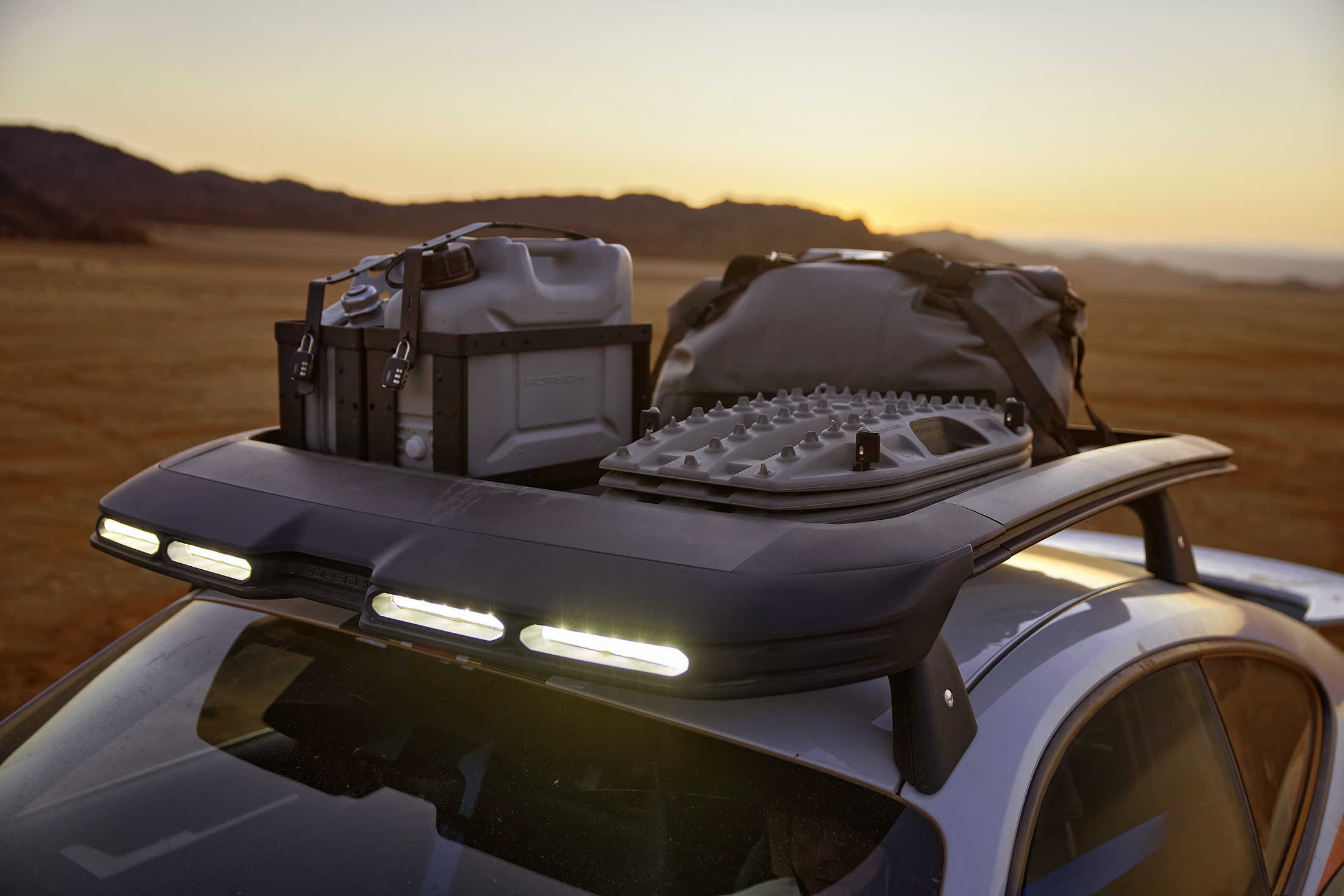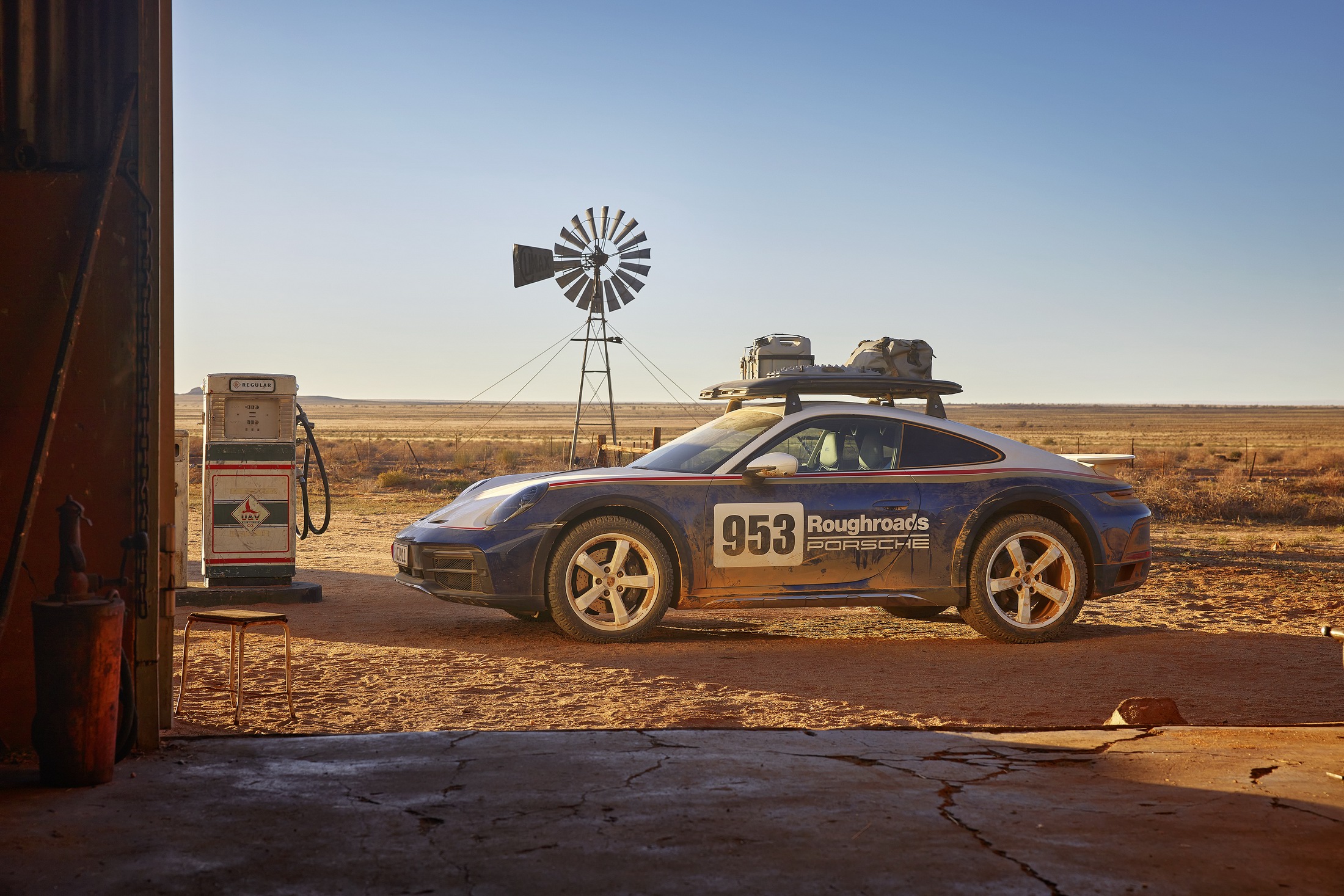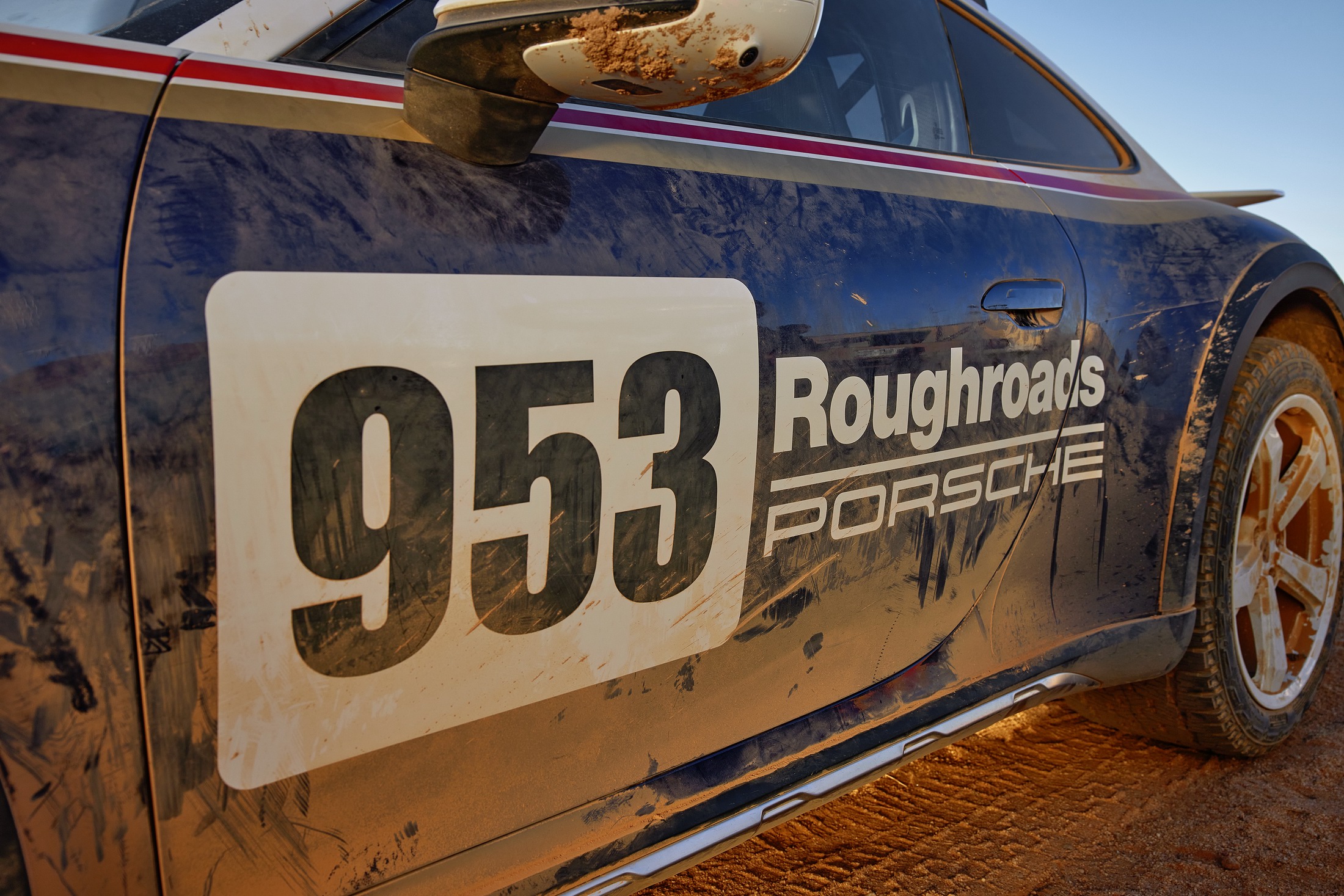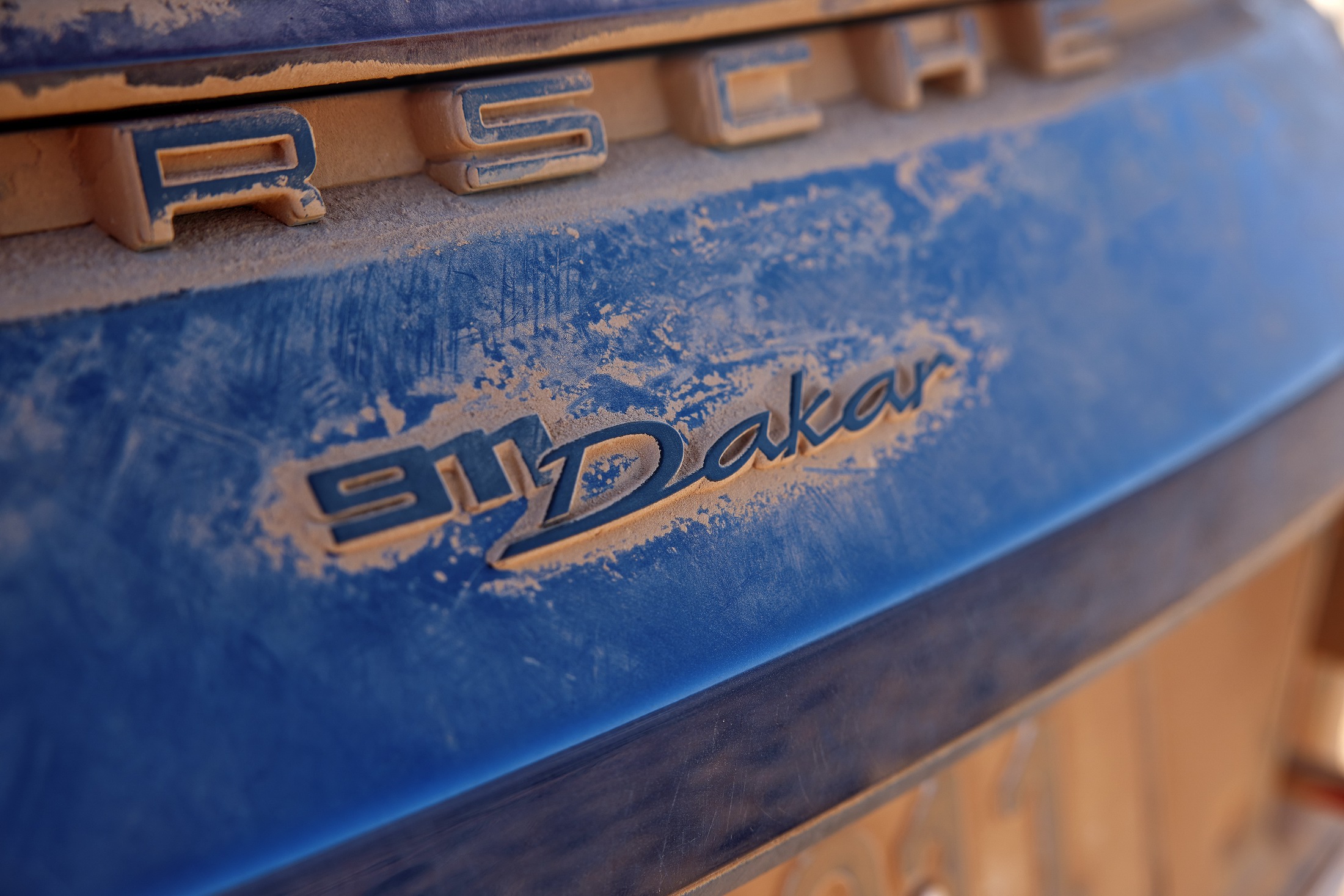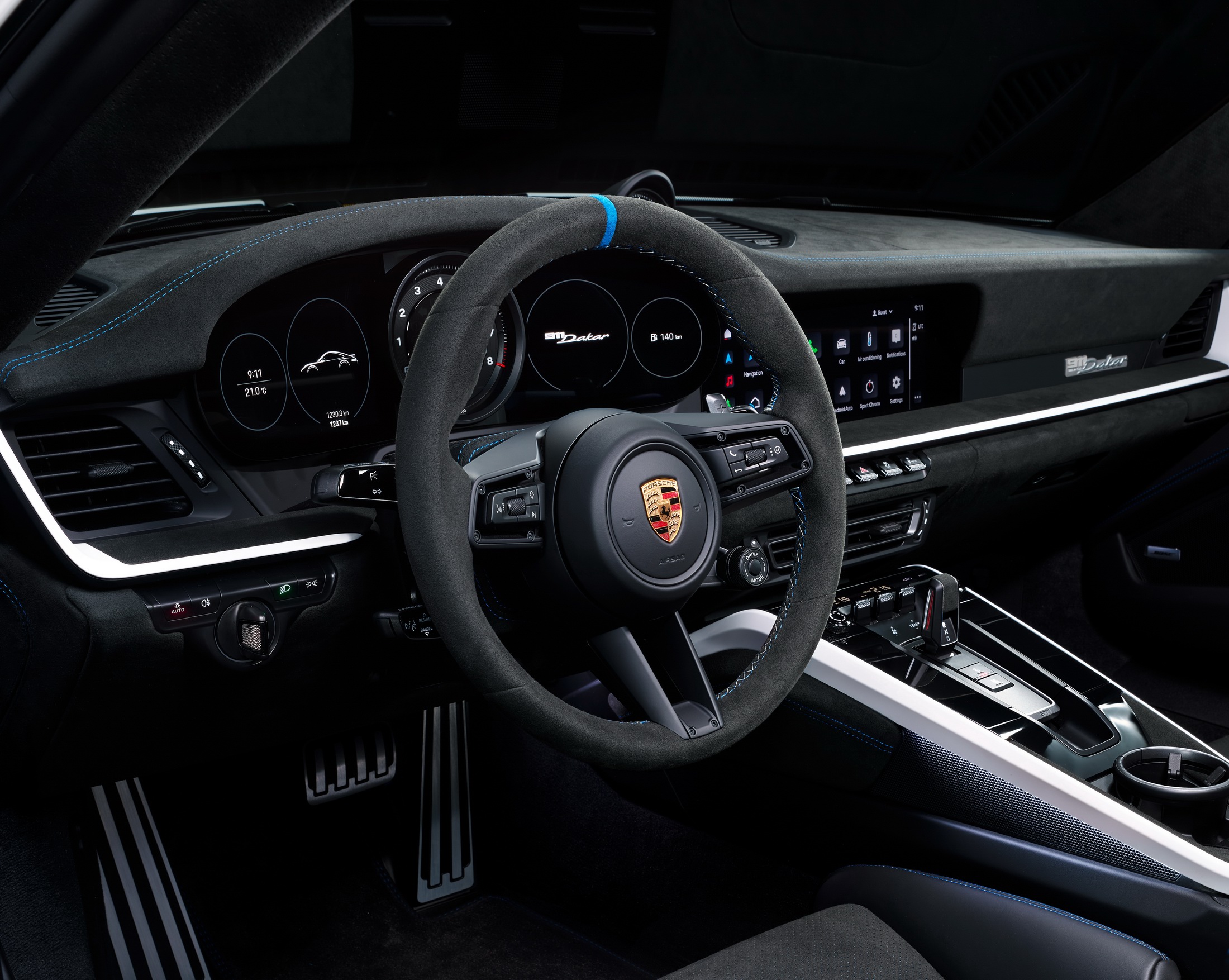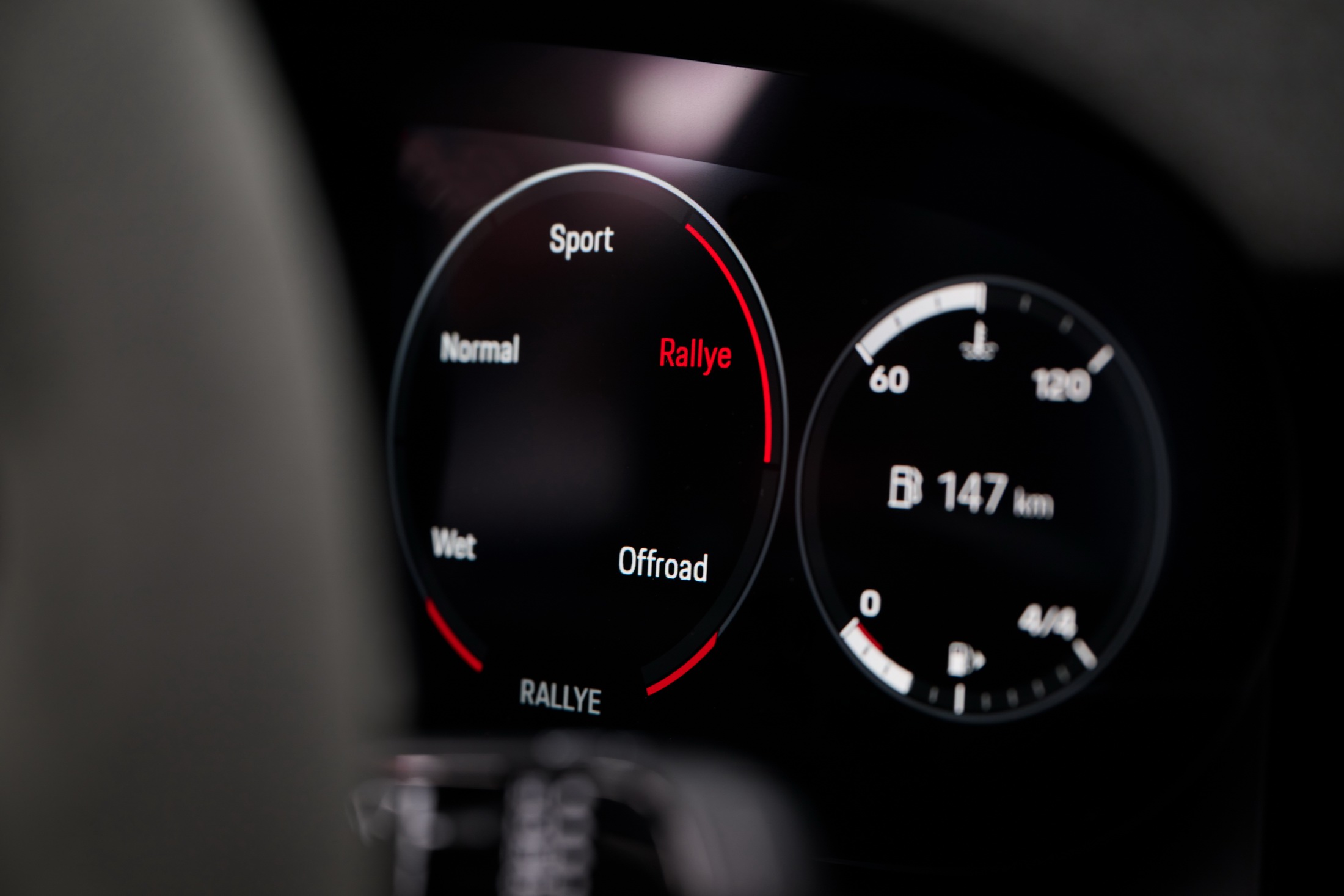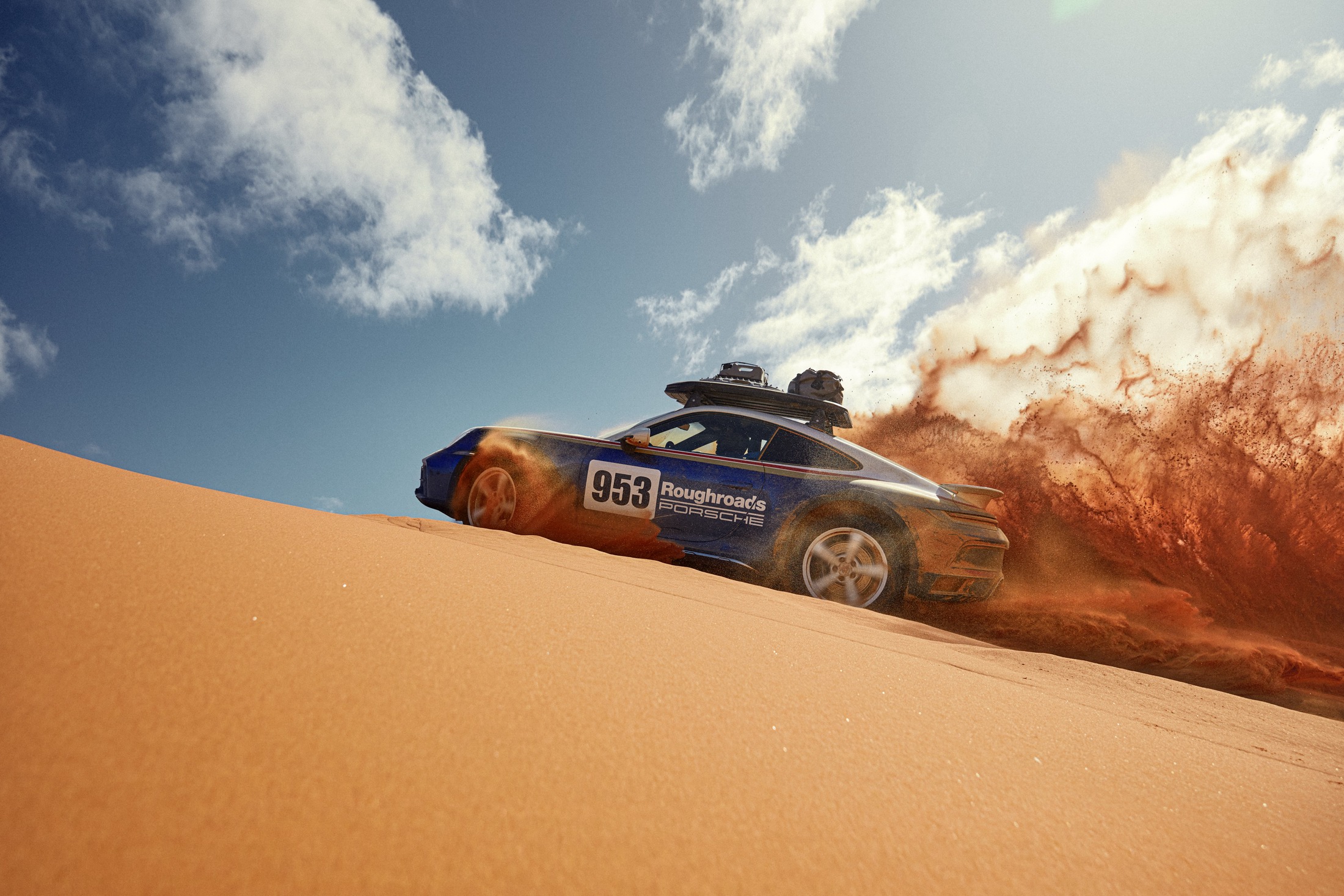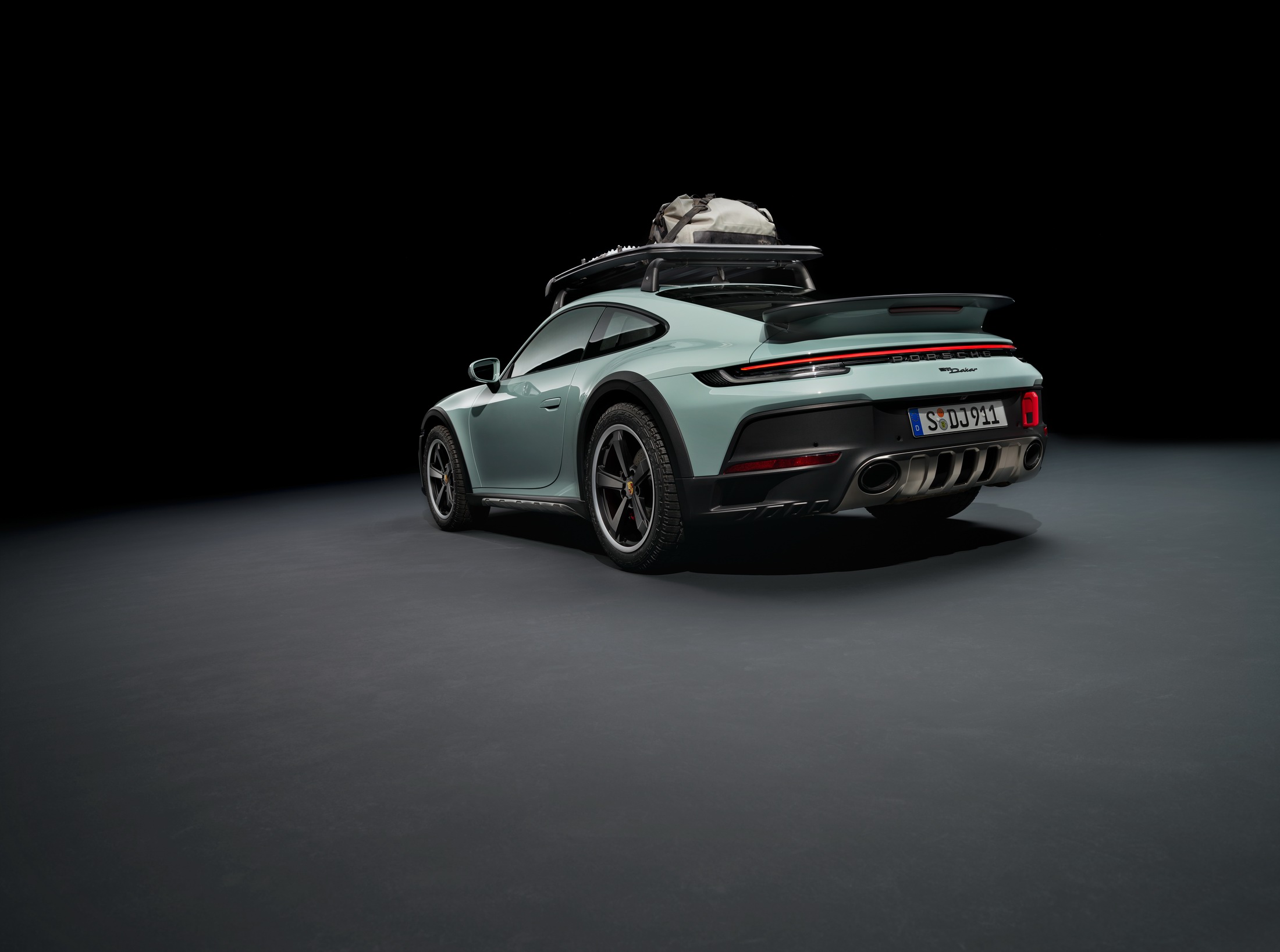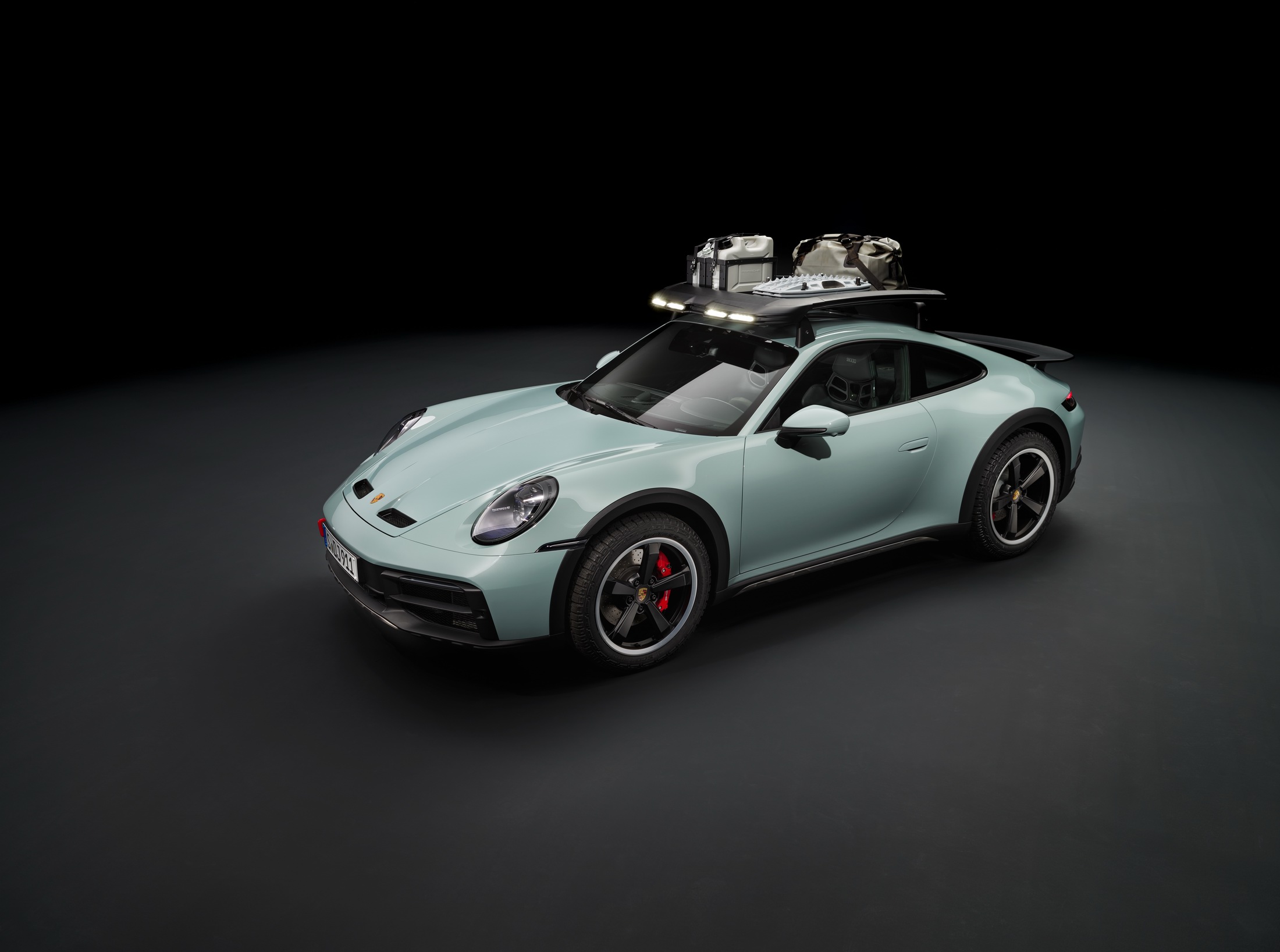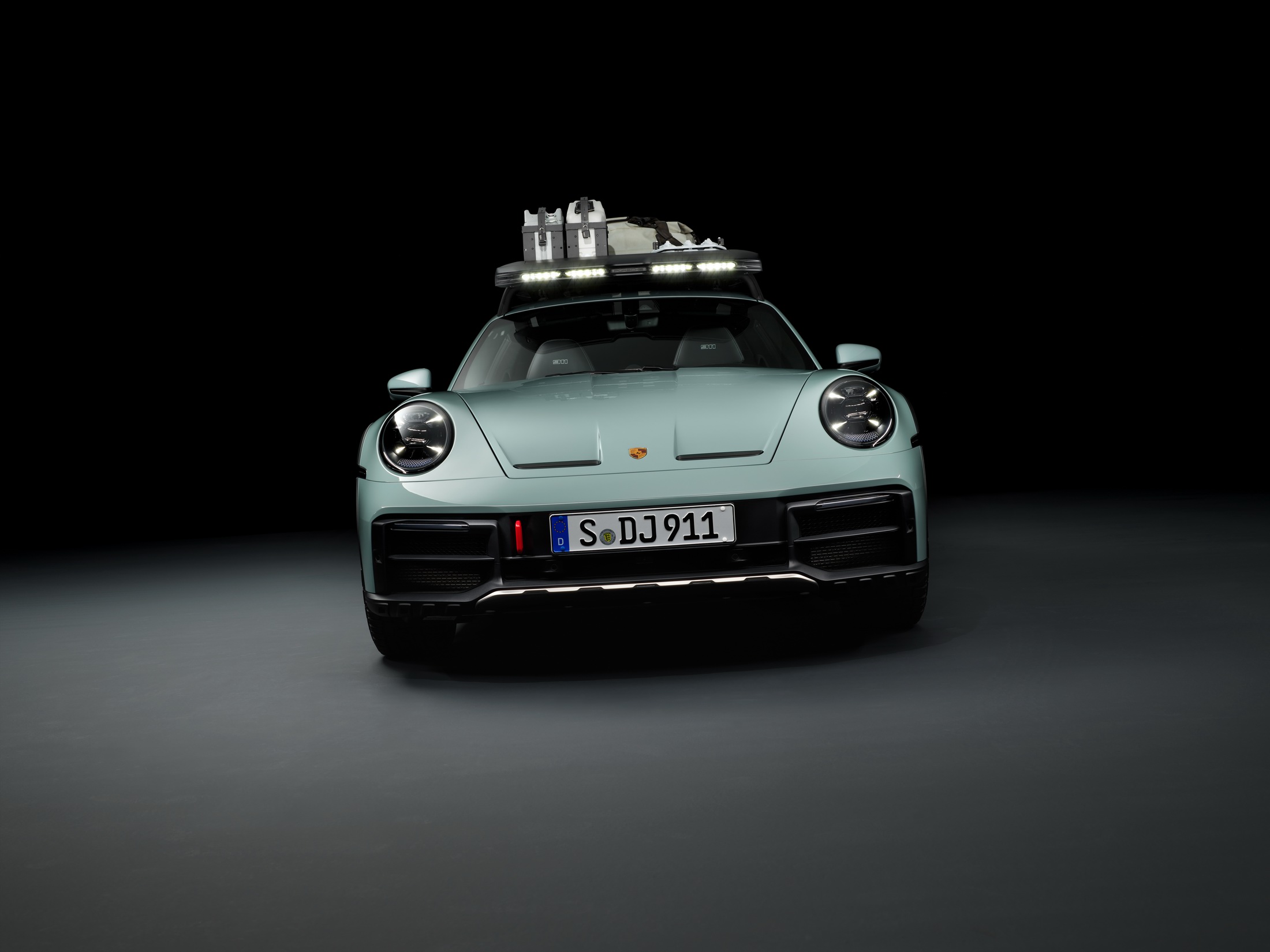Is there no stopping the crossover trend? Not content with making traditional sedans a niche proposition and sending wagons to the intensive care ward, they’re now muscling into the sports- and supercar segments.
In the space of a month we’ve been treated to the official reveal of two lifted versions of performance car legends, the Porsche 911 Dakar and the Lamborghini Huracan Sterrato. They don’t share a platform or engine, but it’s no coincidence that they share a parent company, Volkswagen Group, which clearly thinks high-rise $200k+ two-seaters are the next big thing.
But who did the better job? Stick around while we compare the Dakar and Sterrato, then leave a comment at the bottom to let us know which car you’d pick.
Style and presence
Related: 2023 Porsche Dakar Is The Slowest 911 Since The ’80s, But We Want One So Badly
The 911’s is an iconic shape, but the Huracan’s is classic supercar, meaning the Lambo will always turn more heads on the high street when both are in standard form. And nothing changes when the two cars put their hiking gear on.
The Dakar’s extra ride height, black bumper inserts, fixed spoiler and discrete arch extensions help mark it out from a stock 911 without looking like a trashy aftermarket makeover. But the Sterrato’s much bigger arch flares, roof snorkel, front driving lights, roof rails and blackout engine cover mean it wins the look-at-me contest.
Unless, that is, you’ve specced your 911 with the optional roof rack and jacked up its adjustable suspension to max-lift, or forked out for the Rally Design Package with its fake Rothmans livery inspired by the graphics on the 1980s Porsche 953 Paris-Dakar racer.
Off-road potential
Both cars are equipped with all-wheel drive and have new dirt-focused driving modes where the dampers, ESP, and traction control are configured to work on loose surfaces. They also each have tires that are designed to work as well in the dirt as they do on the highway – Pirelli P Zero Scorpions on the Porsche and Bridgestone Dueler AT002s on the Lambo.
Only the Lambo’s rubber features runflat technology for extra peace of mind on rock-strewn trails, but the Porsche’s tires have two-carcass plies to improve cut resistance and are paired with a far more sophisticated suspension setup. While the Sterrato gets a 1.7-in (44 mm) increase in ride height over a stock Huracan, probably taking the total clearance to around 6.7-7.0 in (171-180 mm; annoyingly, Lamborghini doesn’t specify a total figure), there’s no facility to raise or lower the car from the driver’s seat.
But the Dakar gets 2.5-in (50 mm) of extra underfloor air flow by default, and can add a further 1.2-in (30 mm) right up to 105 mph (170 km/h) when you select the Off-Road driving mode. That should give the Dakar a Lambo-beating total ride height of around 8.1-in (205 mm).
Power and performance
The $223,450 Dakar might cost as much as a 911 Turbo S or GT3 RS, but it actually takes its powertrain from the much more humble GTS. Its 3.0-liter twin-turbo flat six makes 473 hp (480 PS), which is significantly less than the 602 hp (610 PS) produced by the Sterrato’s naturally aspirated 5.2-liter V10.
On torque and acceleration, though, they’re almost perfectly matched, the Porsche’s 420 lb-ft (570 Nm) just pipping the Lambo’s 417 lb-ft (565 Nm), and both cars need 3.4 seconds to reach 62 mph (100 km/h).
What happened to the Huracan’s power advantage? We’re not sure, because while the Italians quote 3,241 lbs (1,470 kg) dry, which probably equates to 3,461 (1,570 kg) at the curb, Porsche says the Dakar weighs 3,552 lbs (1,611 kg) despite losing the back seats and gaining lightweight carbon buckets, a carbon GT3 hood and diet glass.
The Lamborghini does comfortably win the top speed face-off, though. Both have very conservative limiters on account of their off-road tires, but while the 911’s ECU calls time at 149 mph (240 km/h), the Huracan can reach 162 mph (260 km/h) before the fun stops.
Price and collectability
We know that the 911 Dakar costs $223,450 (€222,020 / £173,000), but we don’t yet know how much the Sterrato will cost, other than it will be much more expensive than the Porsche.
A base RWD Evo Huracan coupe currently costs just over $215k, the RWD Tecnica ducks below the $350k mark, and an all-wheel drive Evo Spyder comes in at a smidge under $300k. The Sterrato might fall somewhere between those cars, or Lamborghini might choose to pitch it as an alternative to the STO, which would mean an MSRP of over $325,000 before you’ve even thought about adding those Ad Personam personalization touches.
Related: 602-HP Lamborghini Huracan Sterrato Crossover Is Limited To 162 Mph, But Not To Paved Roads
One thing that might persuade you to shell out the extra for the Sterrato is that Lamborghini is only building 1,499 examples, whereas Porsche is making 2,500 Dakars.
Which do you think makes the best go-anywhere sports car? Or are they both as dumb as each other? Drop a comment below to let us know.




